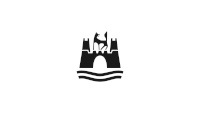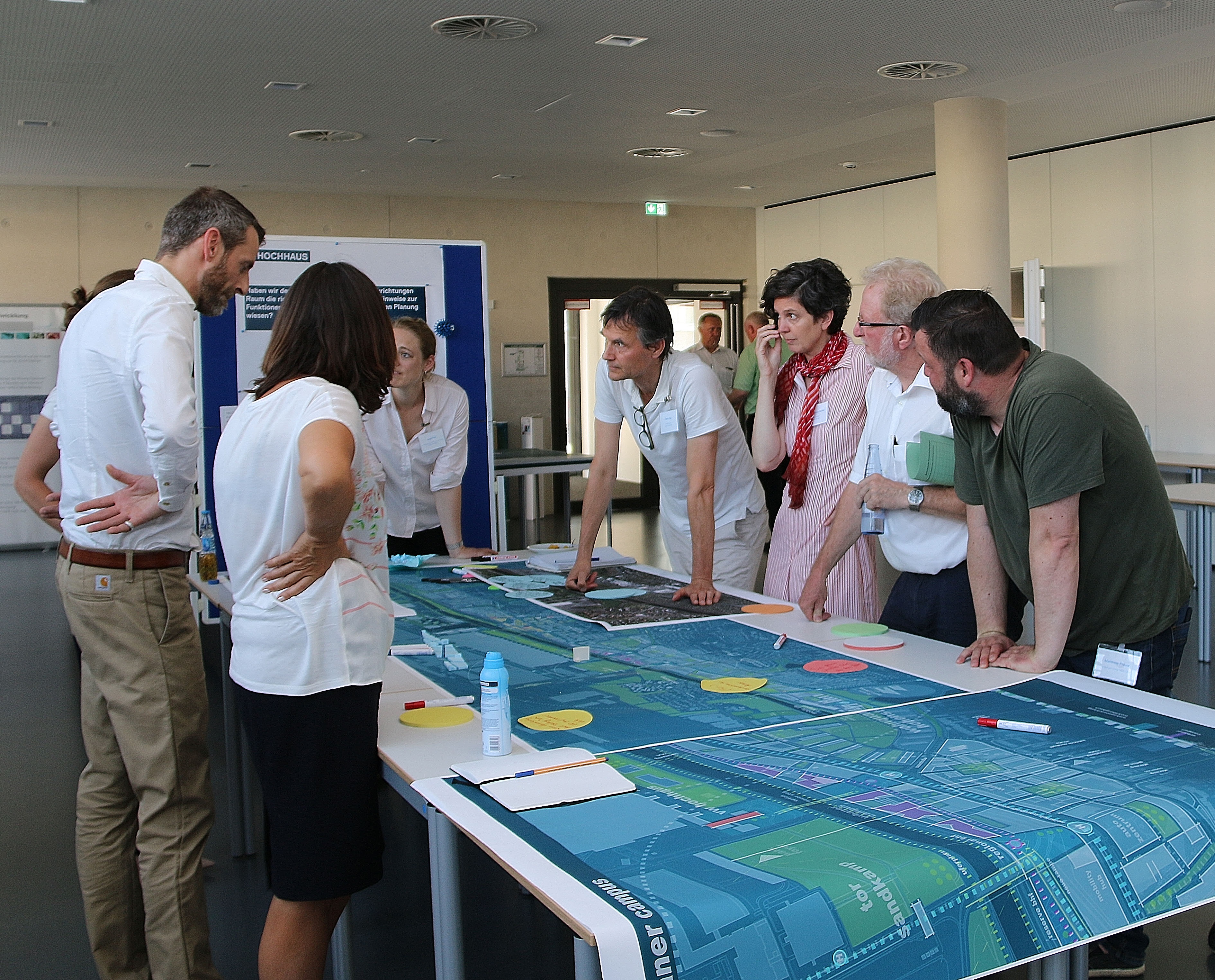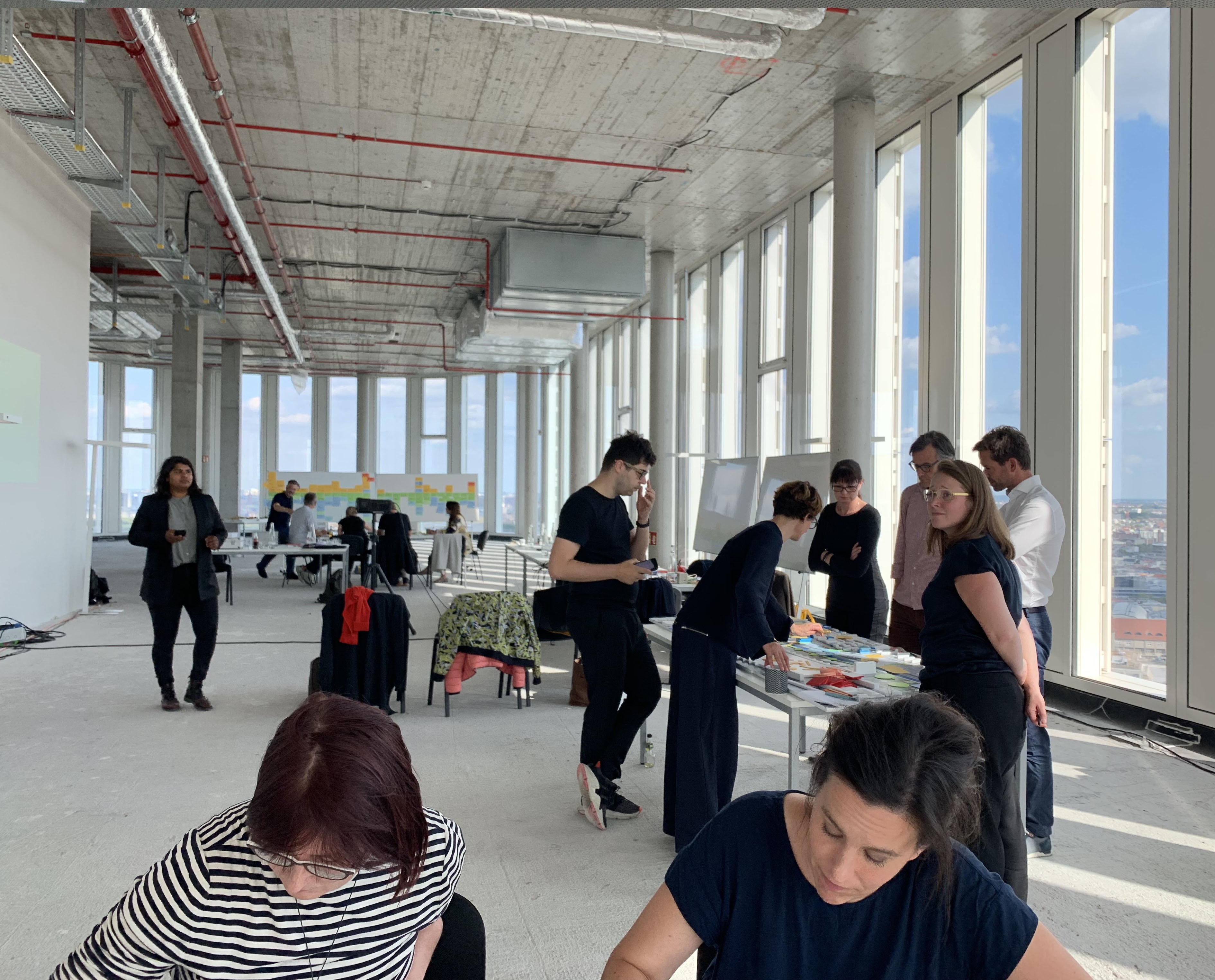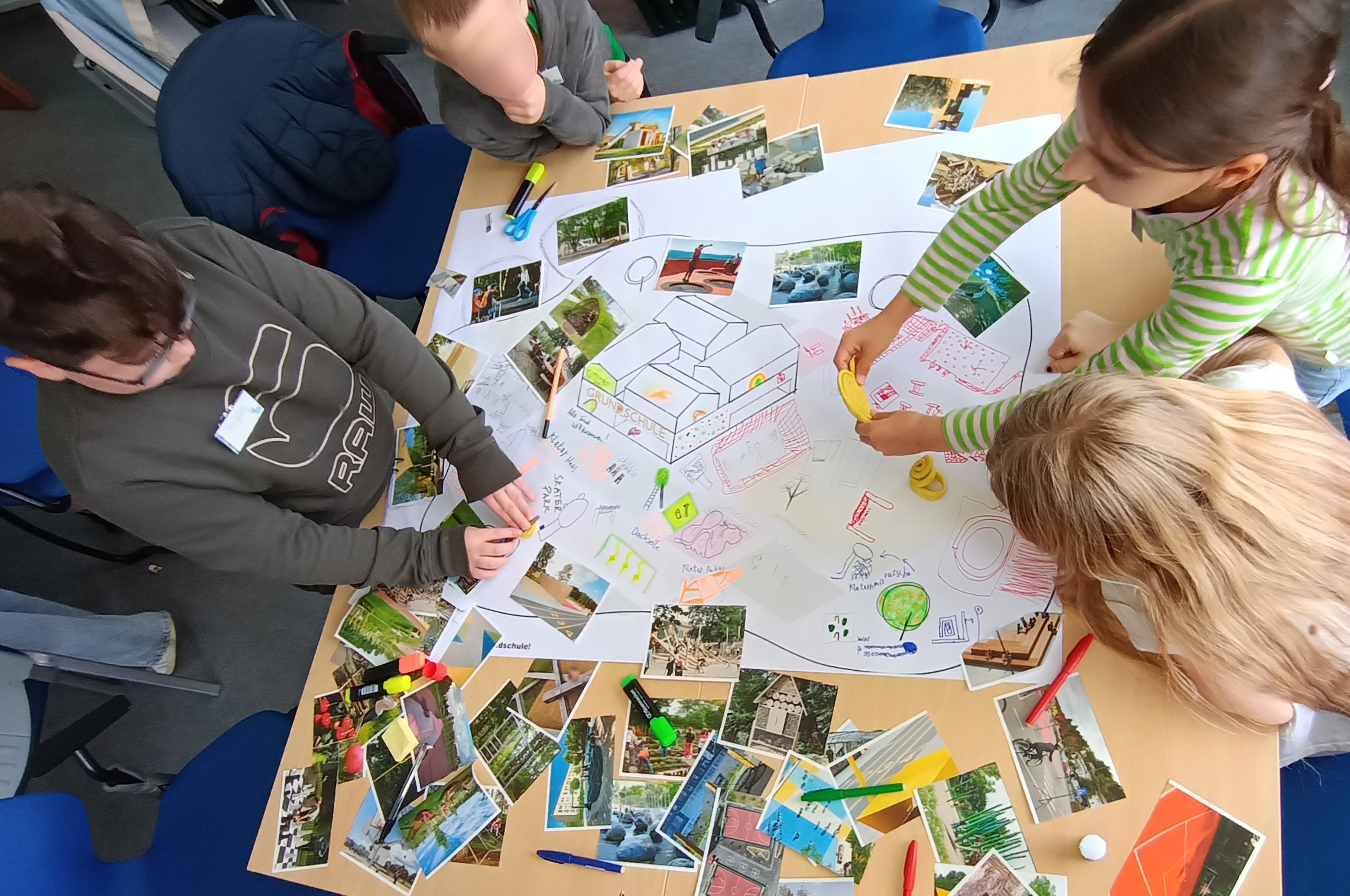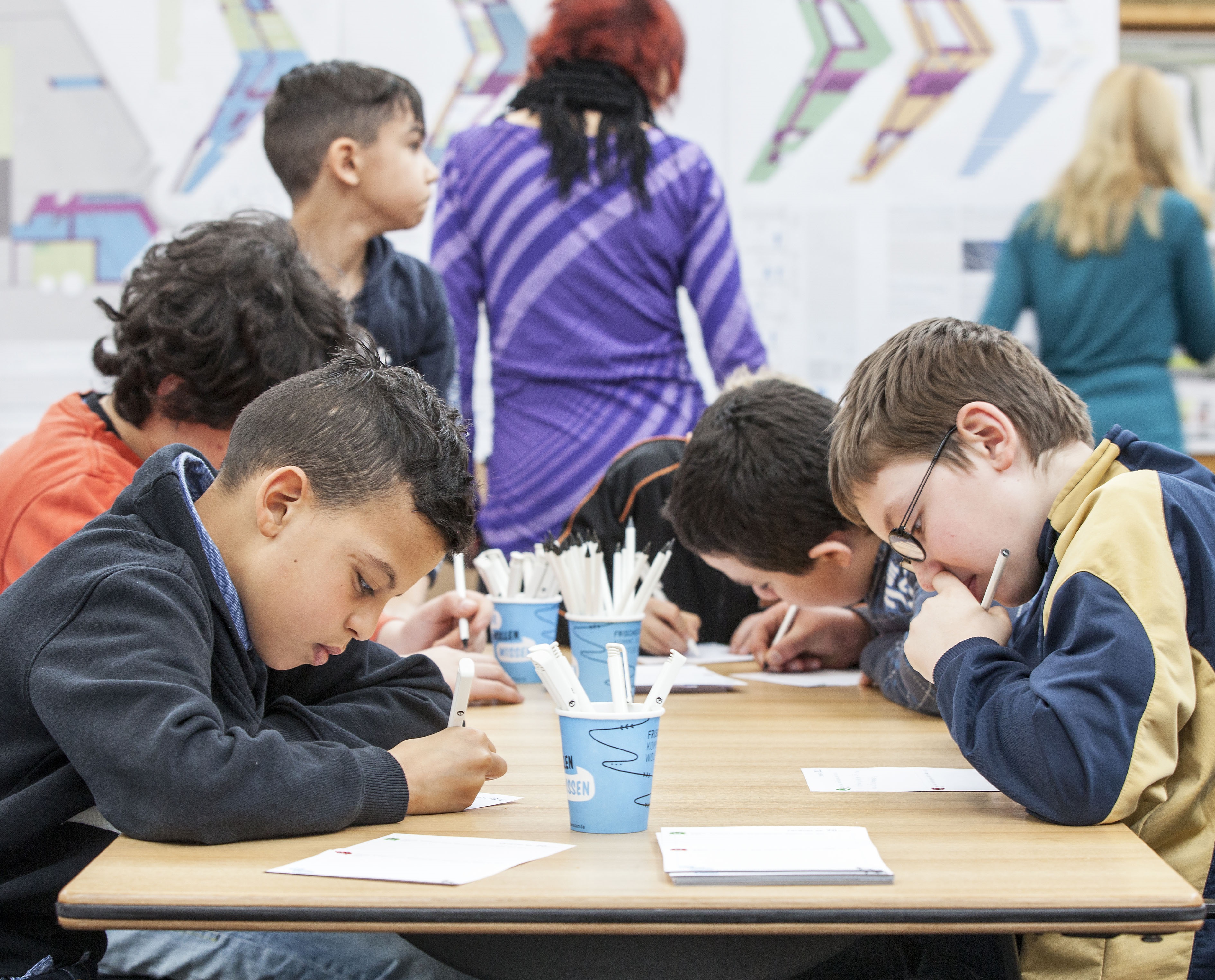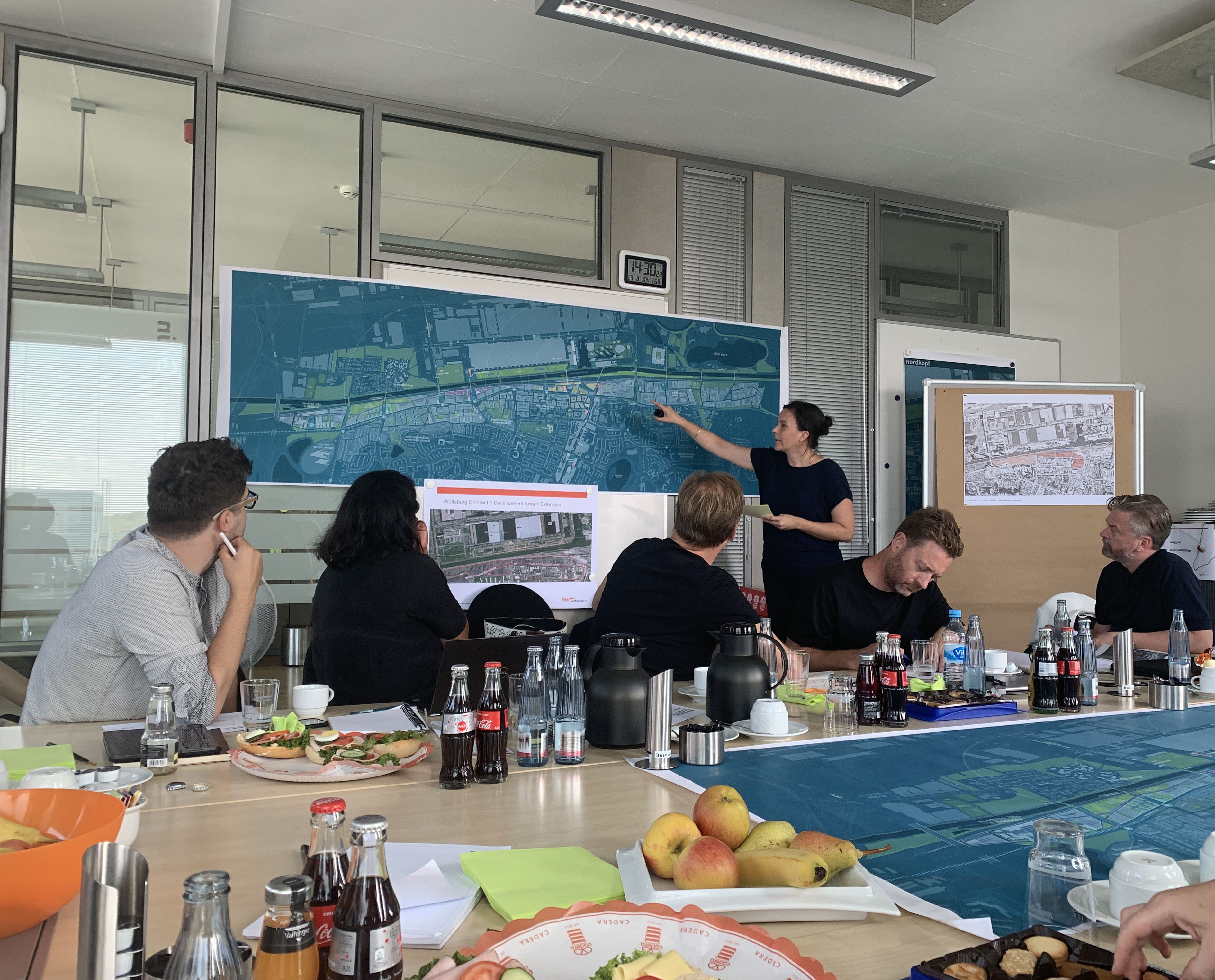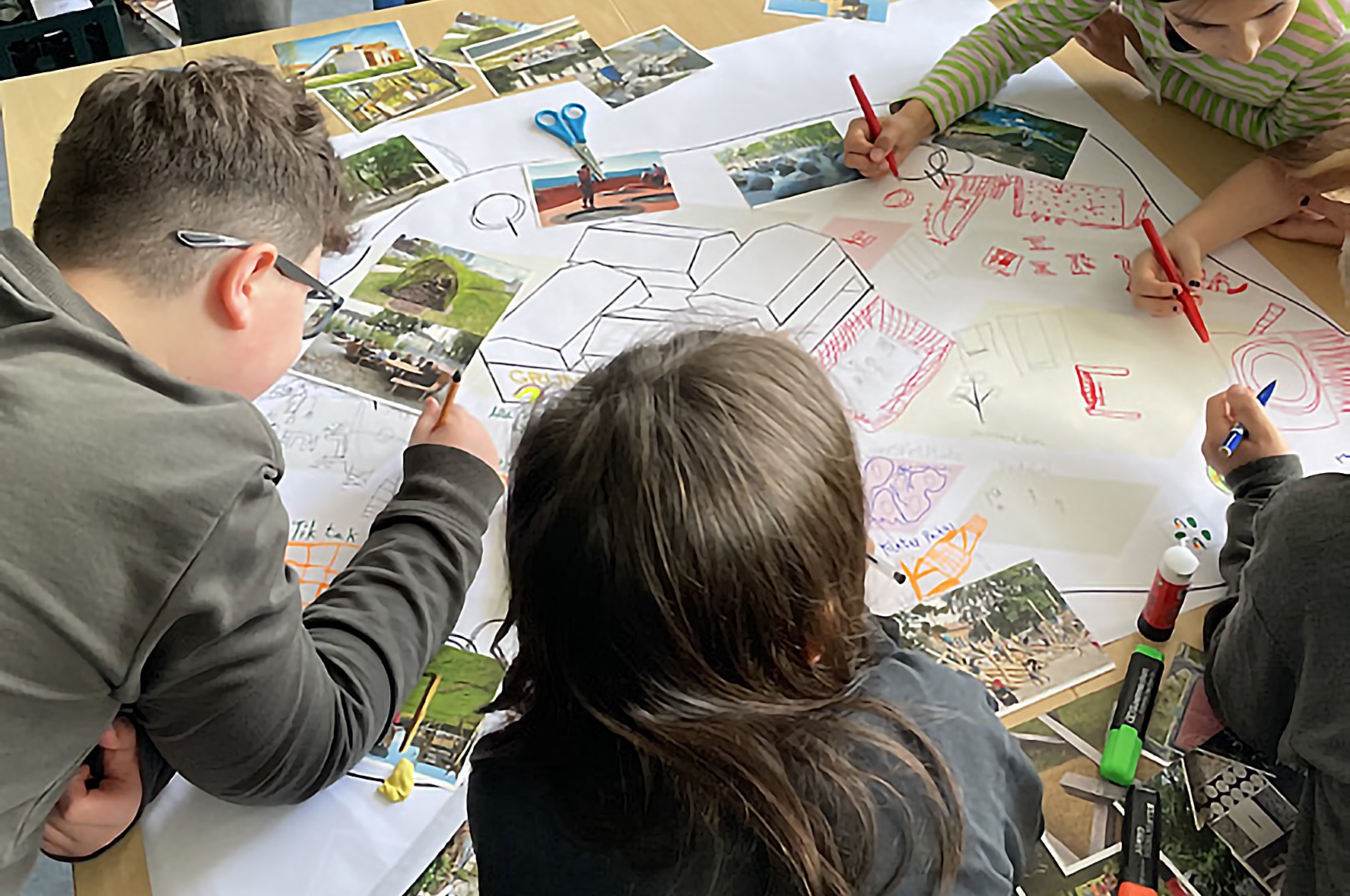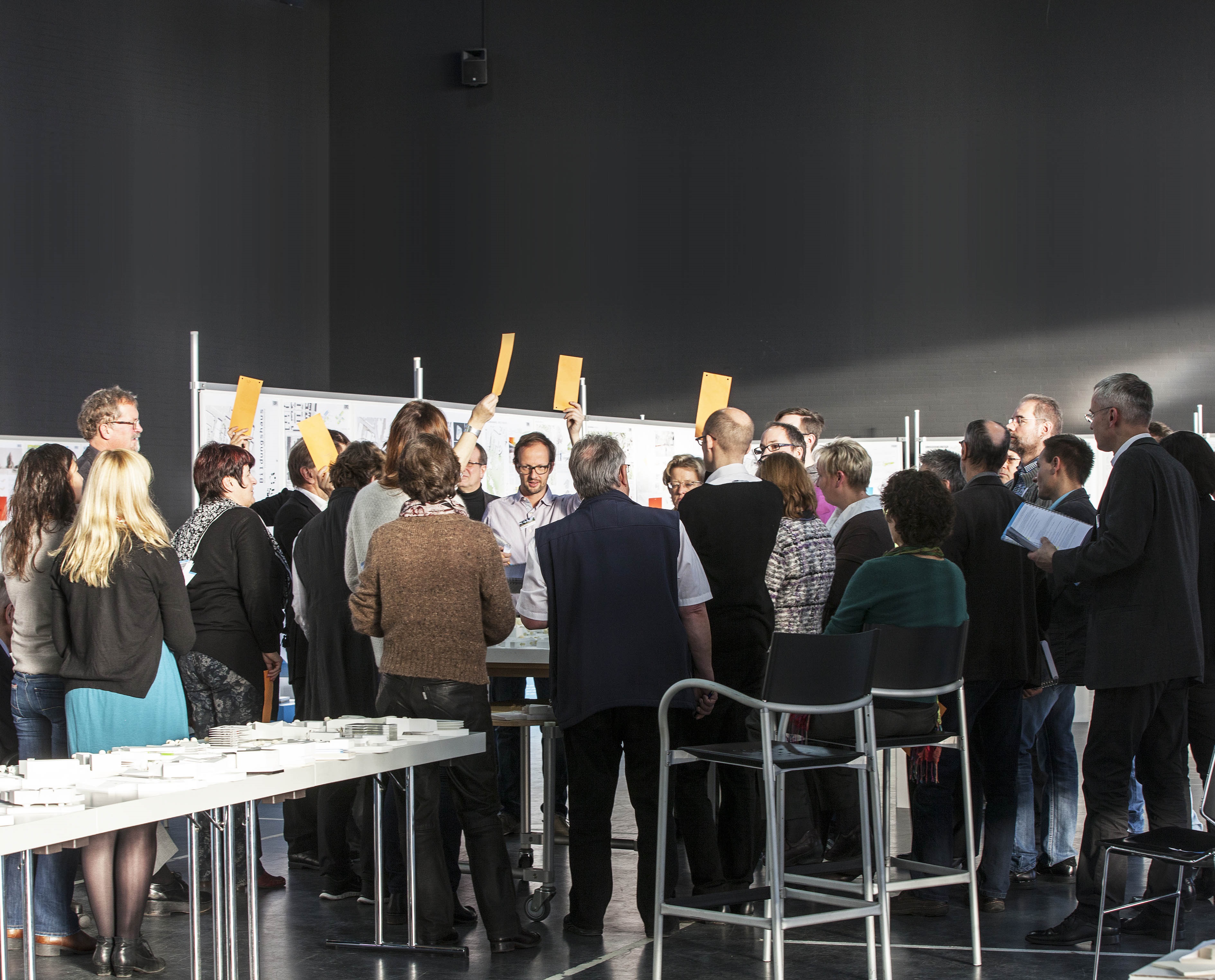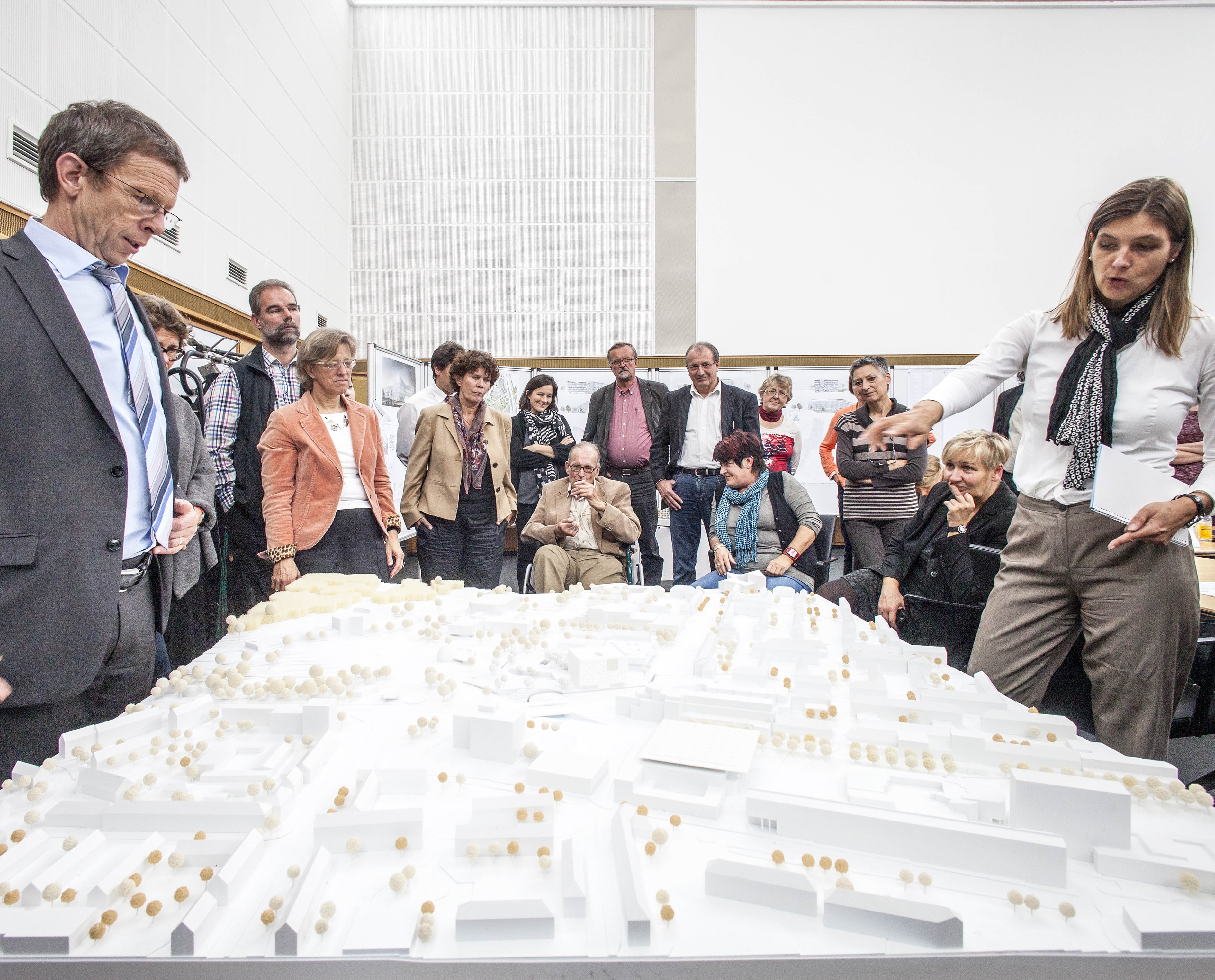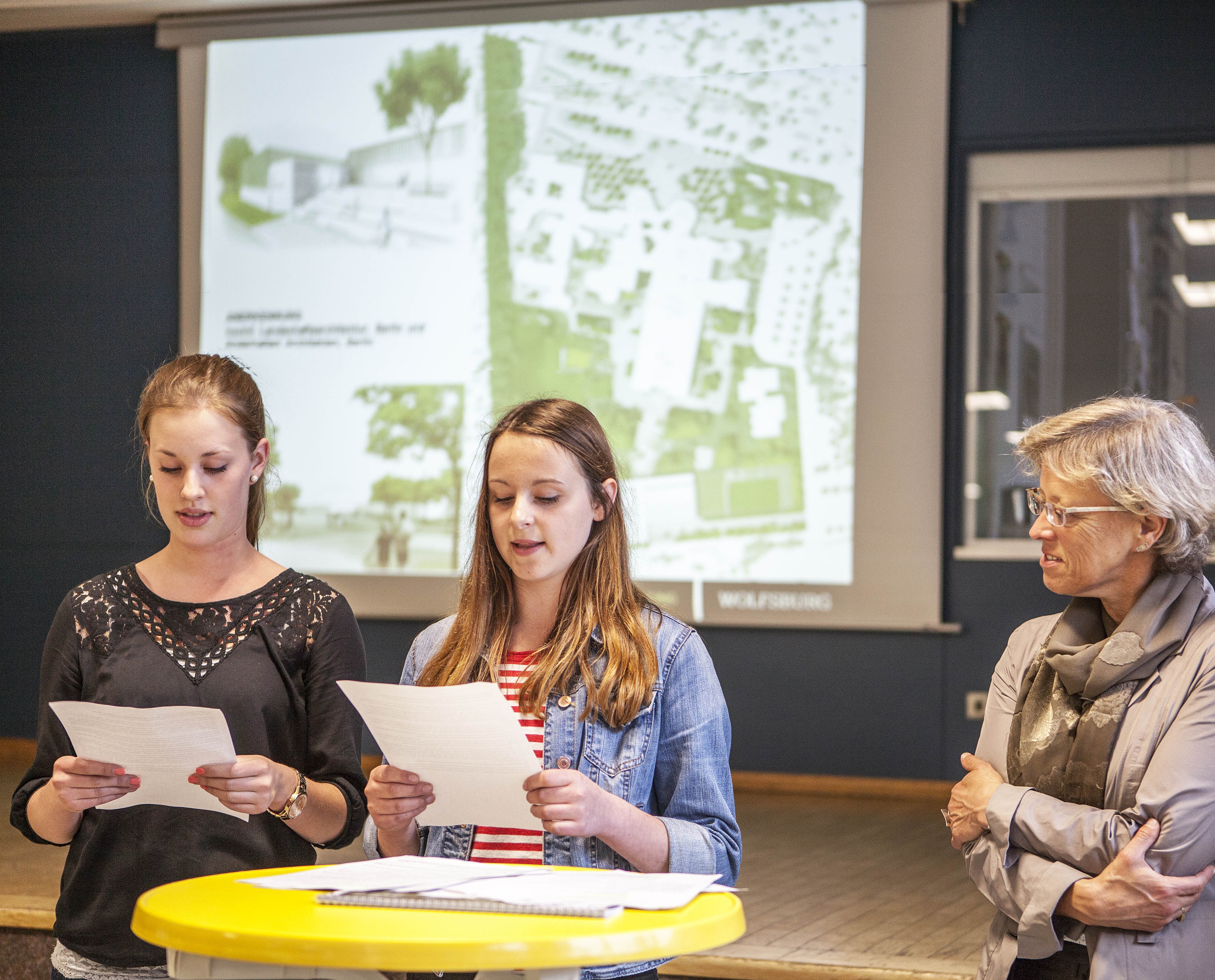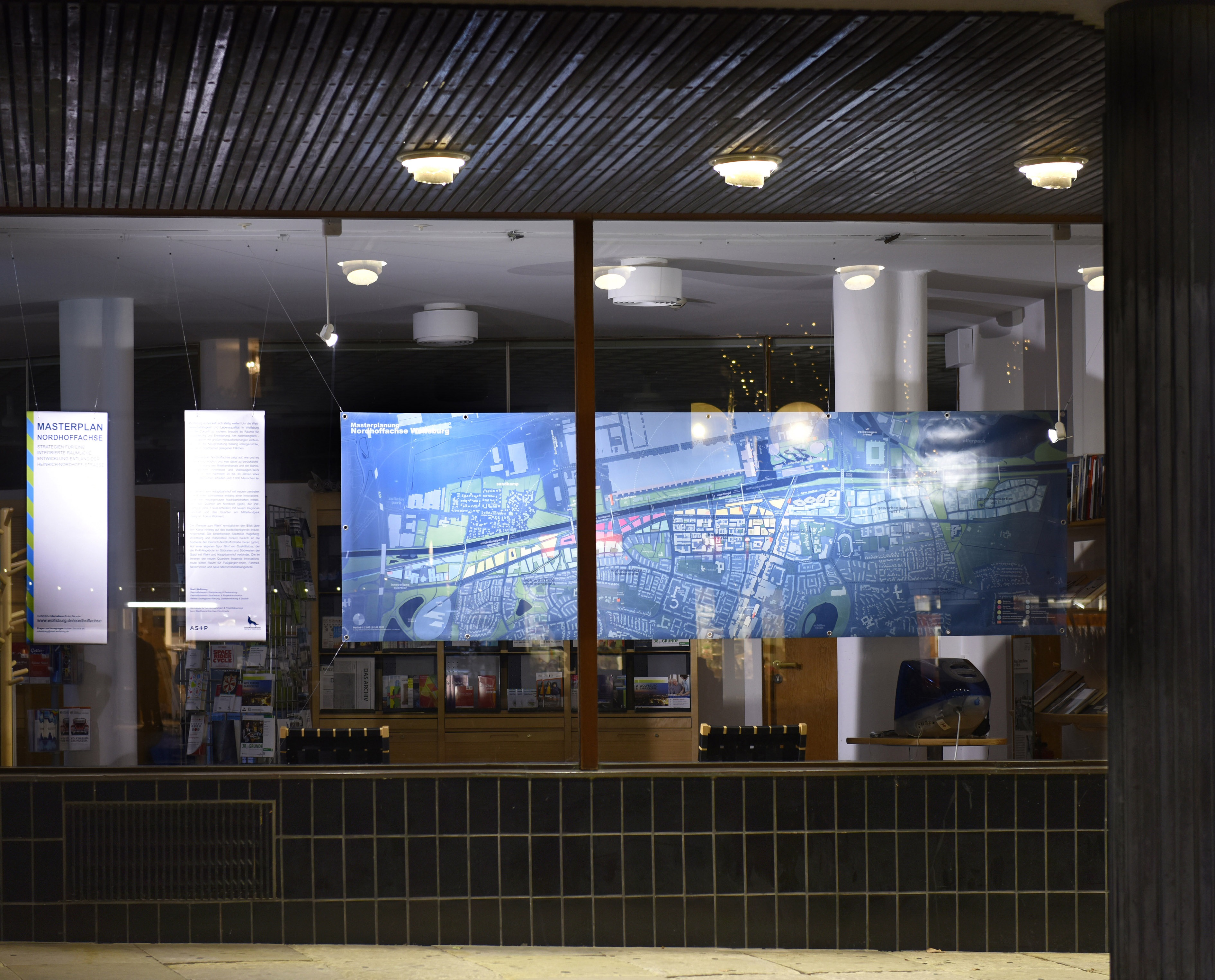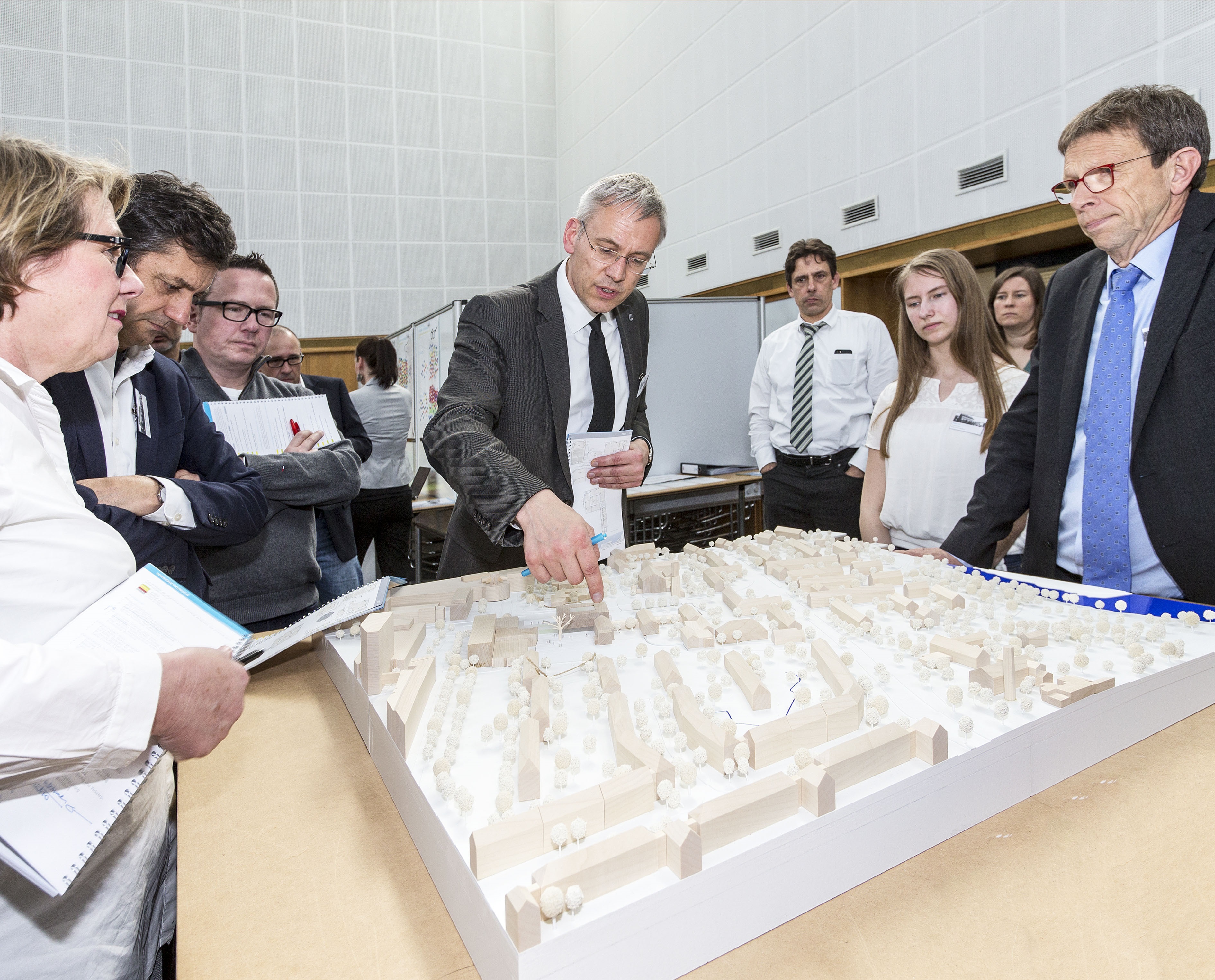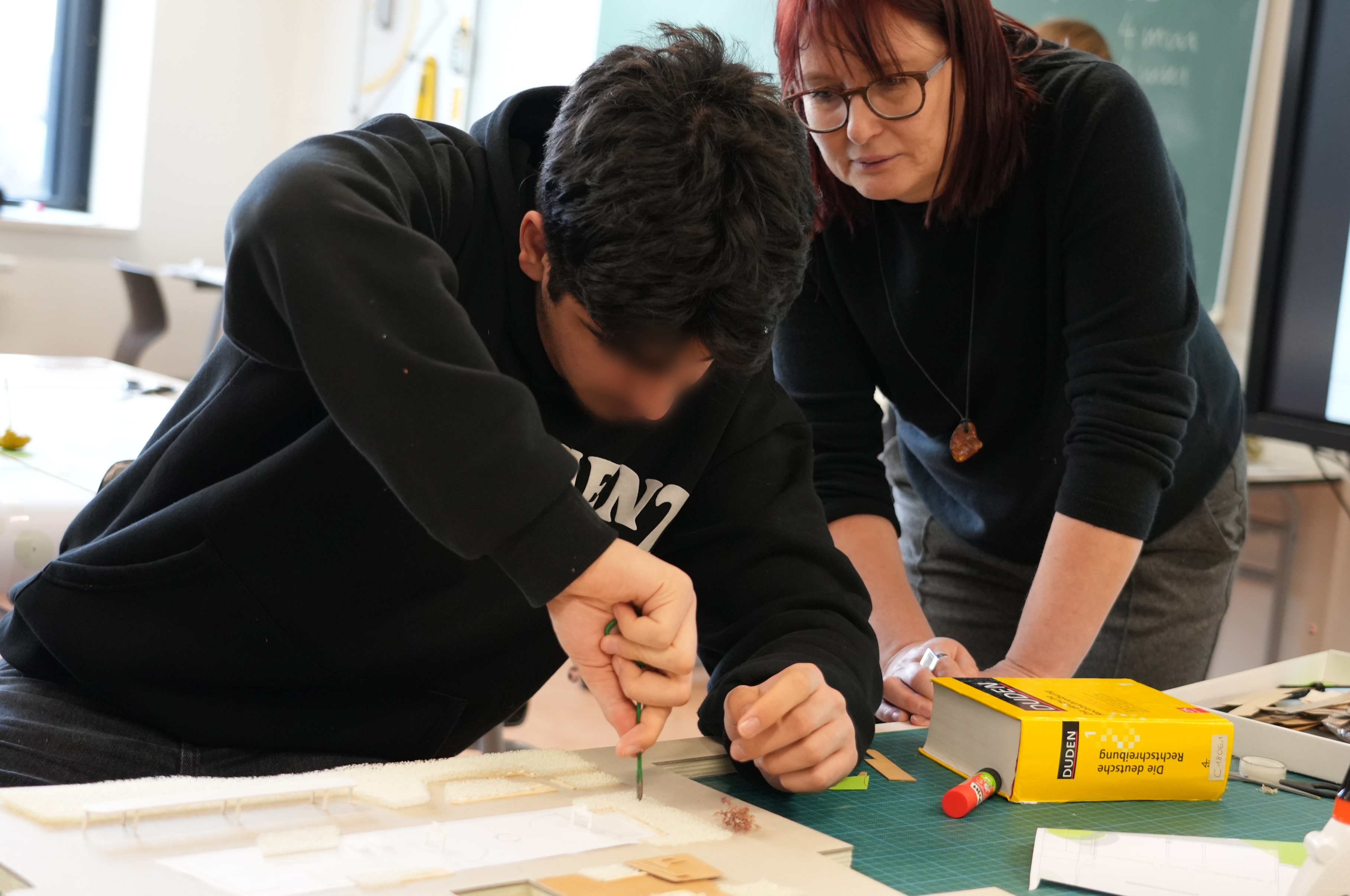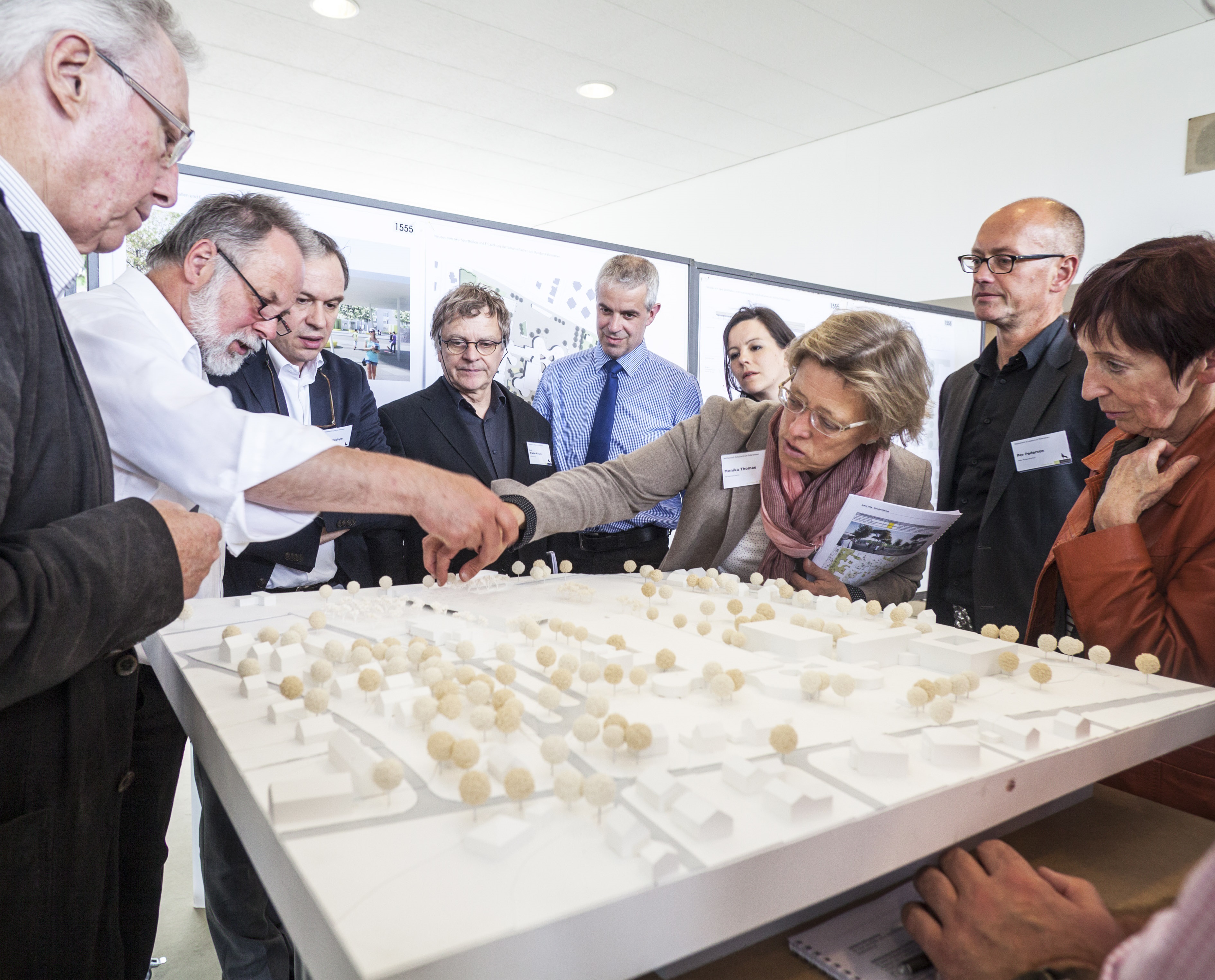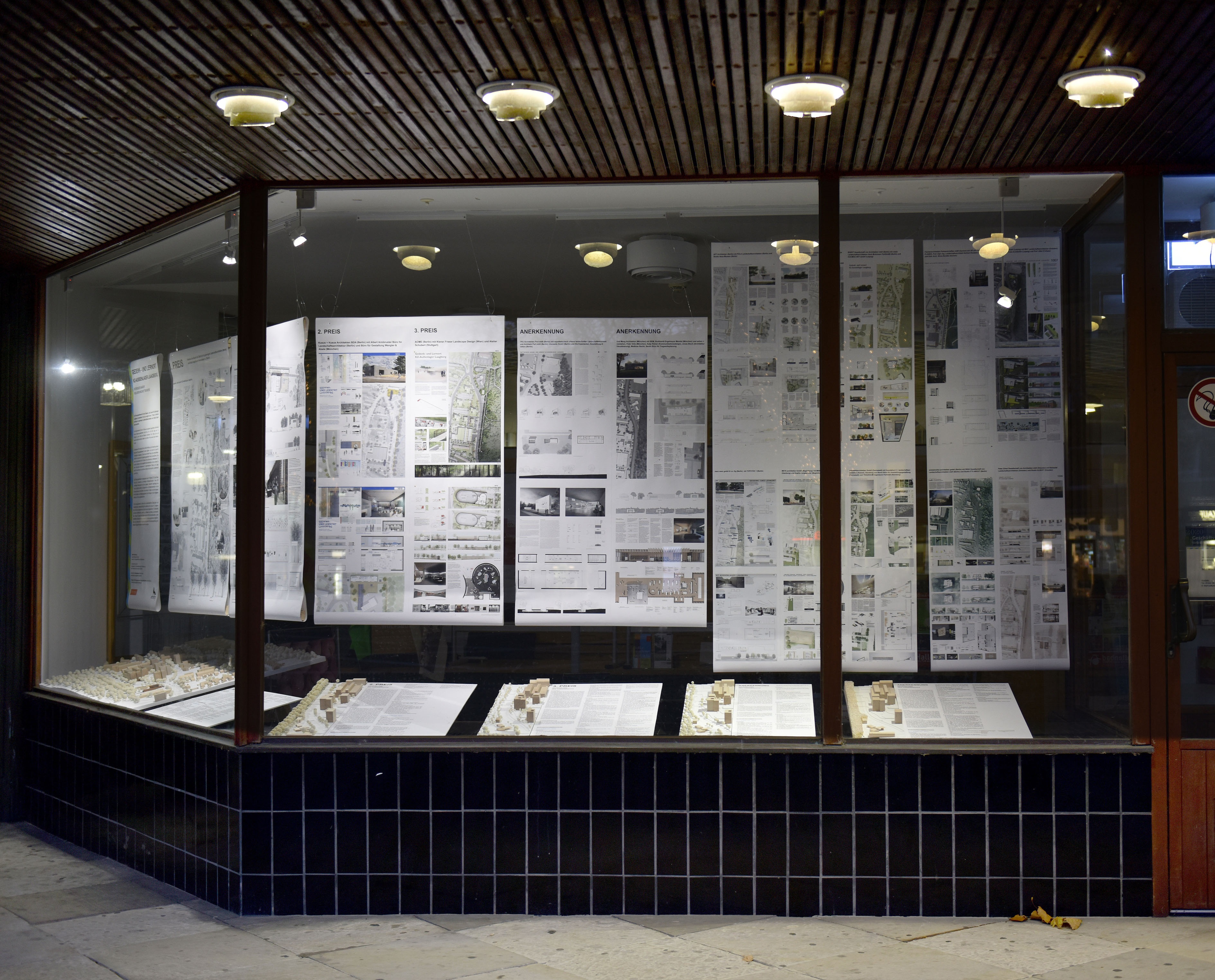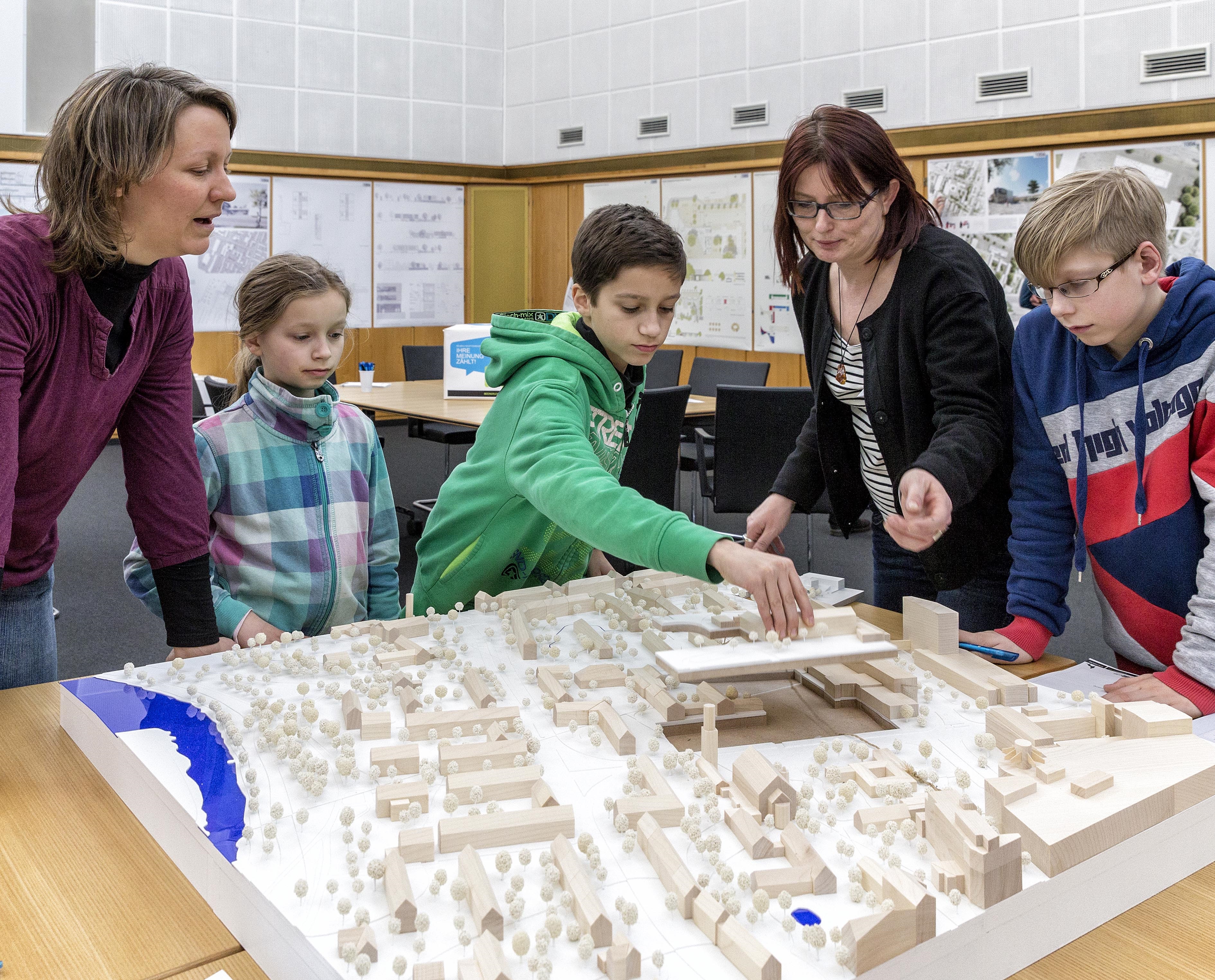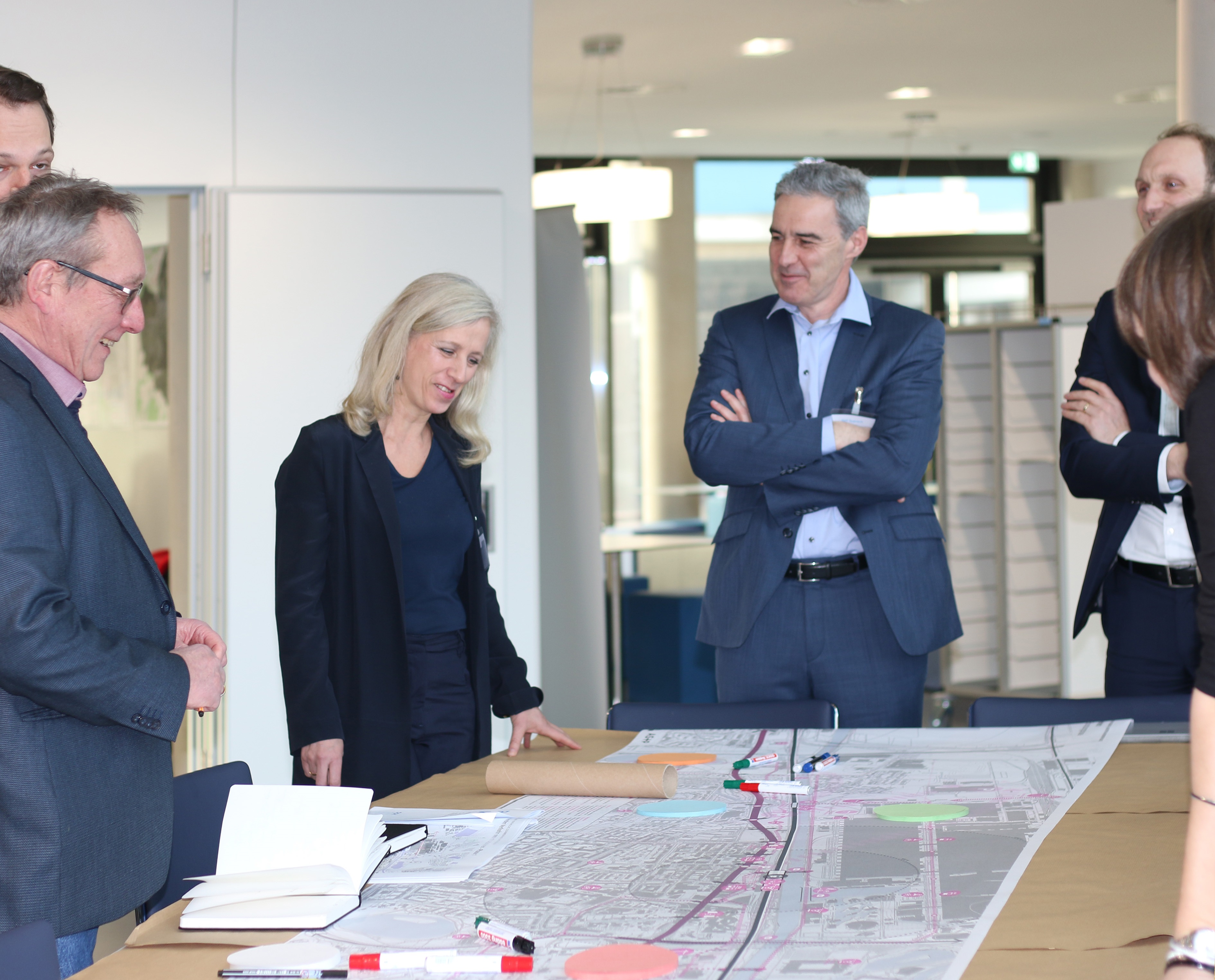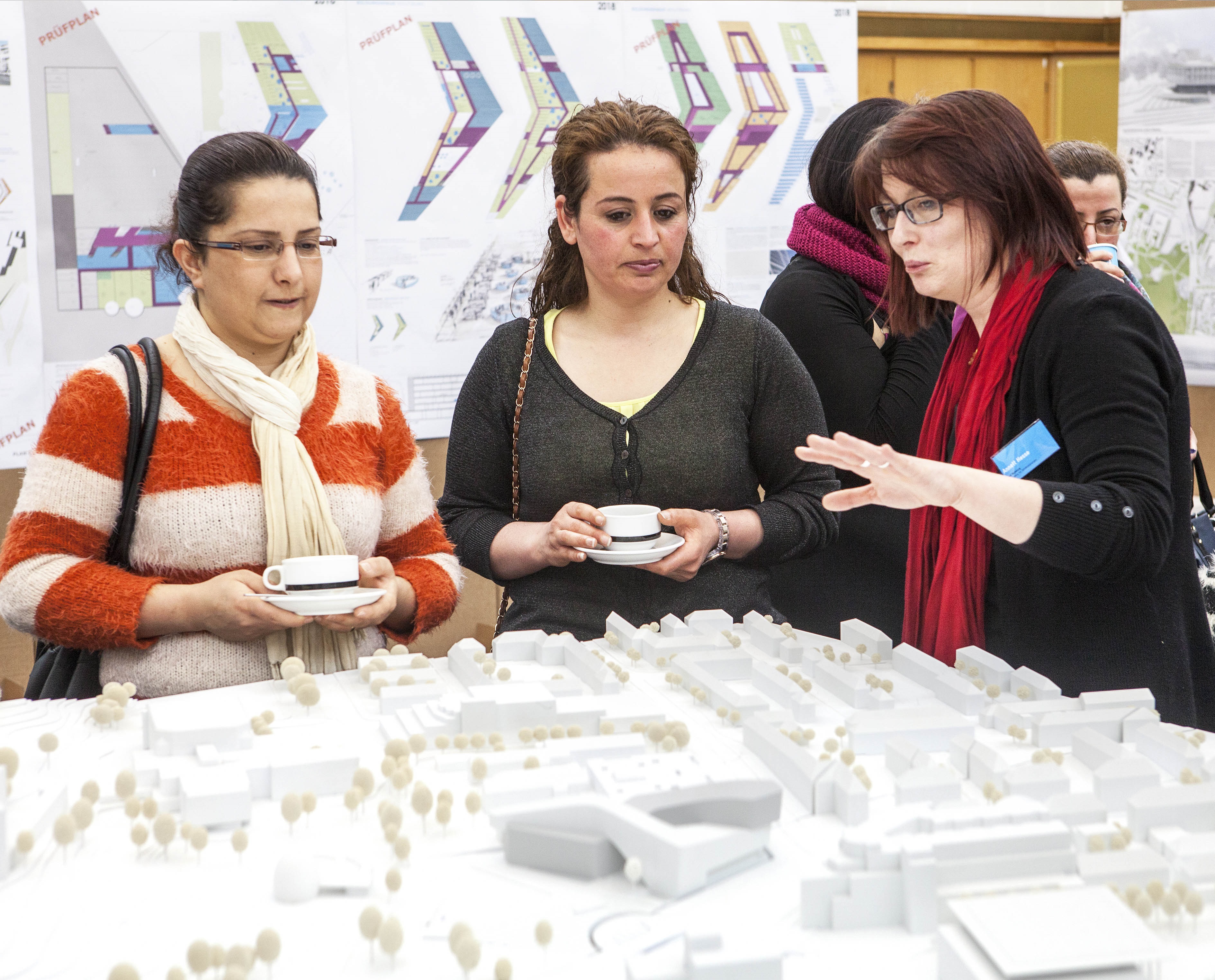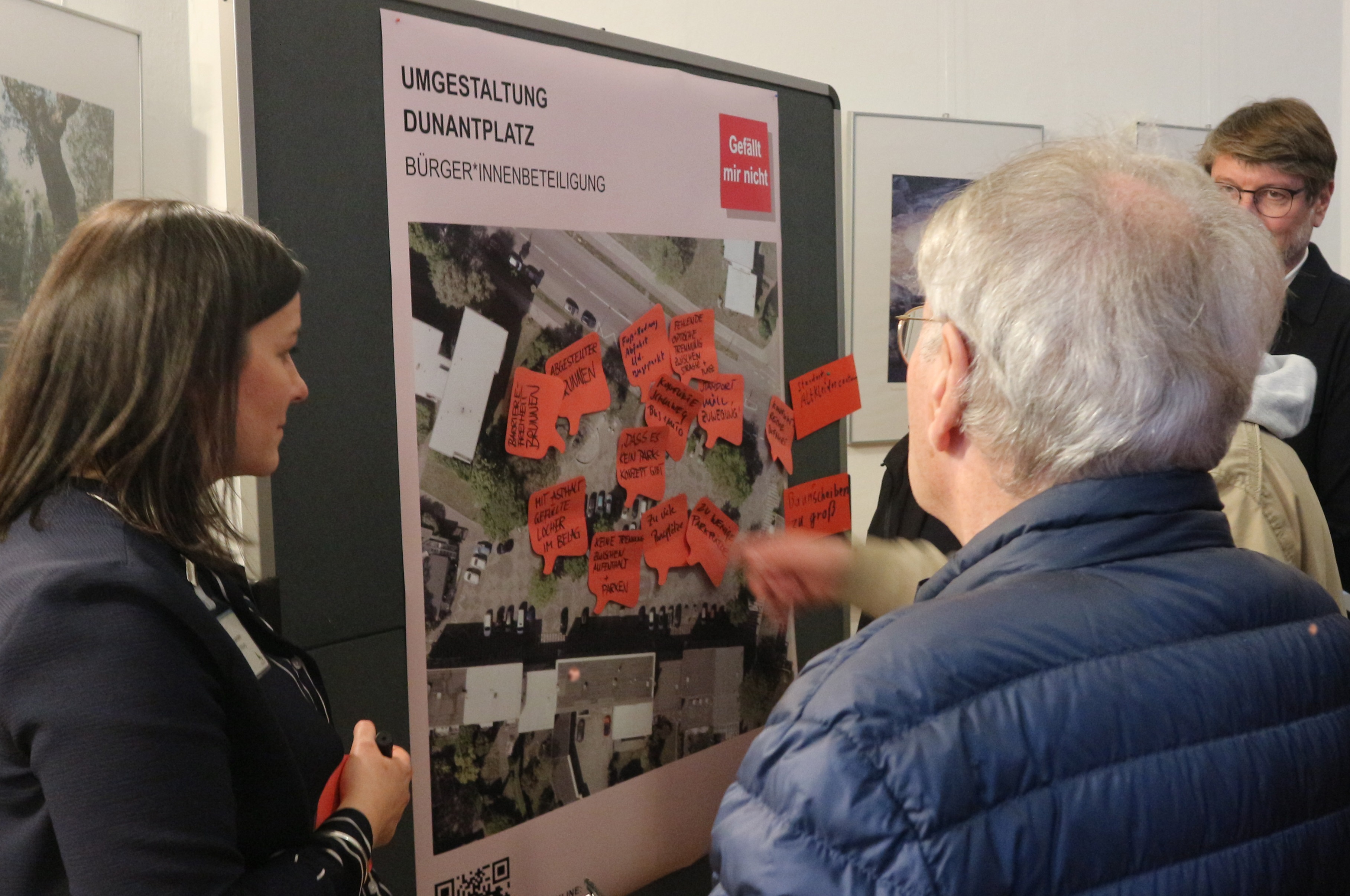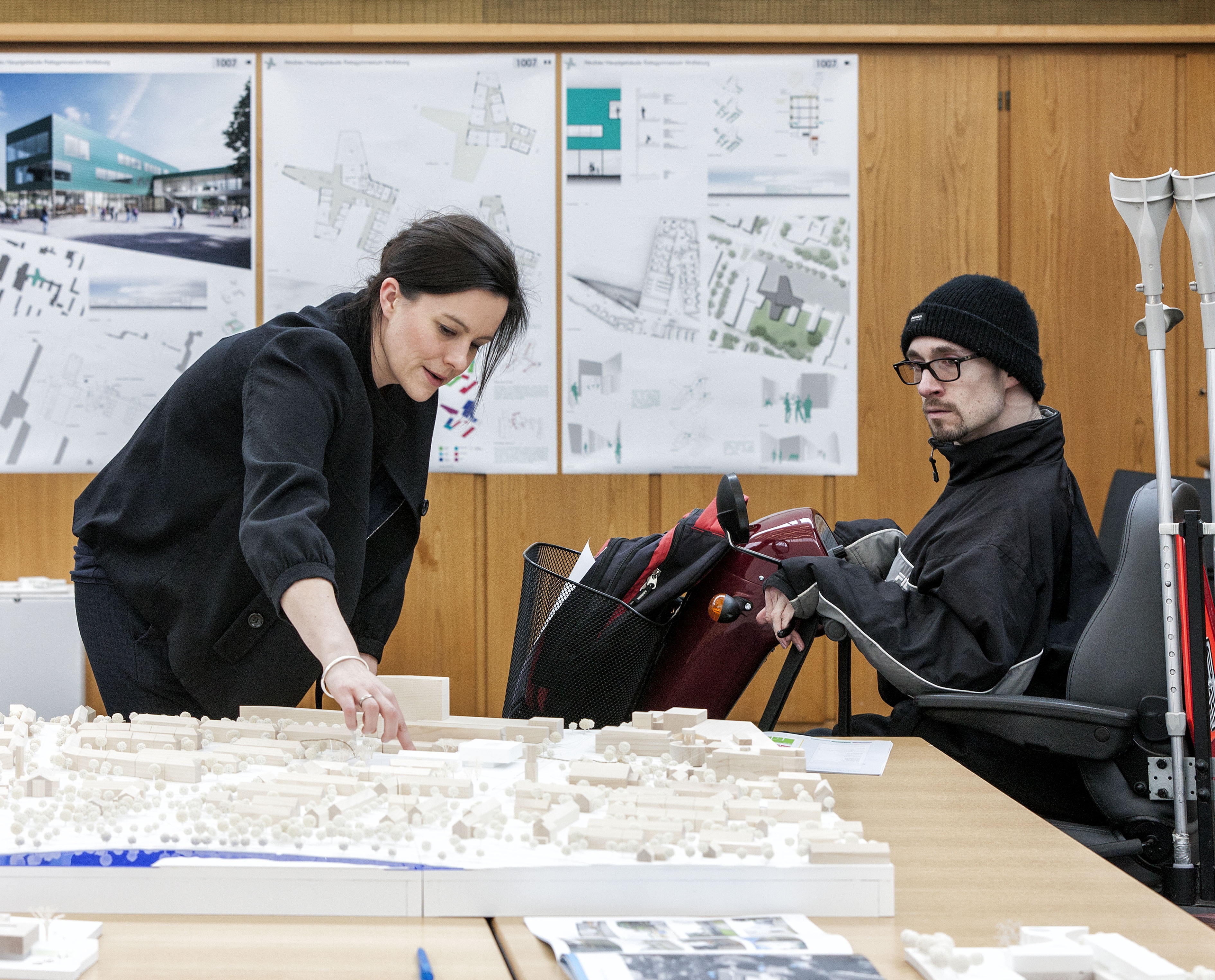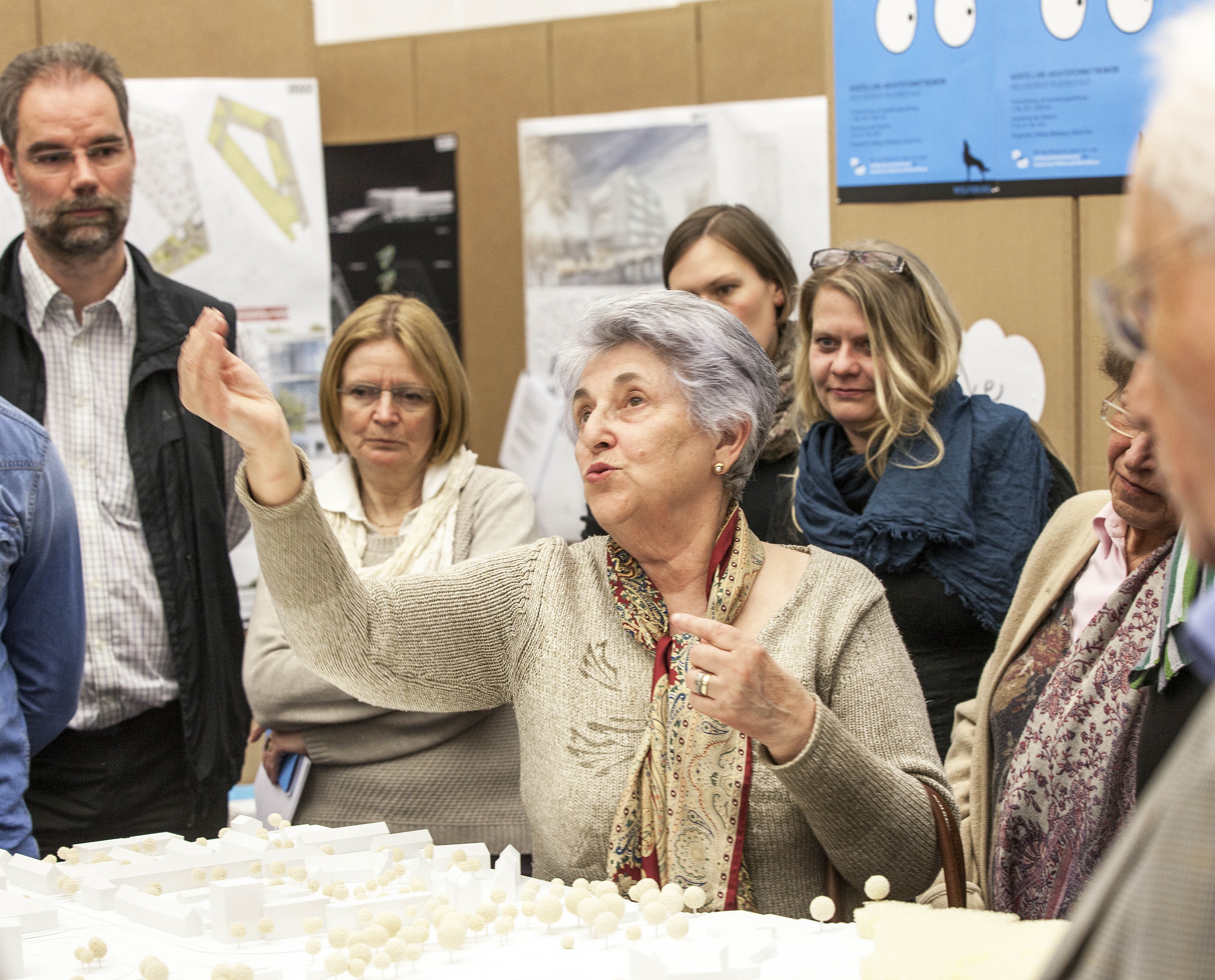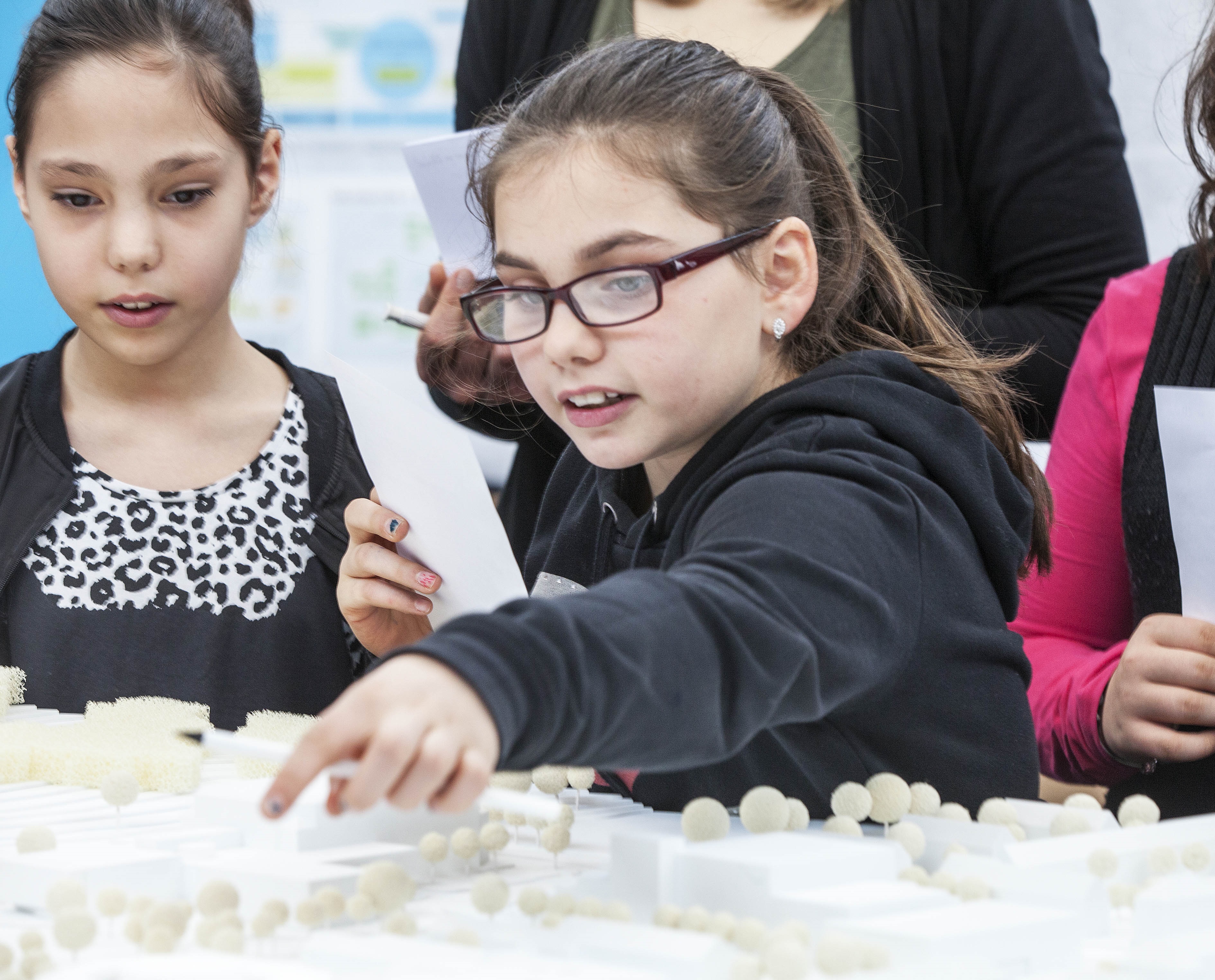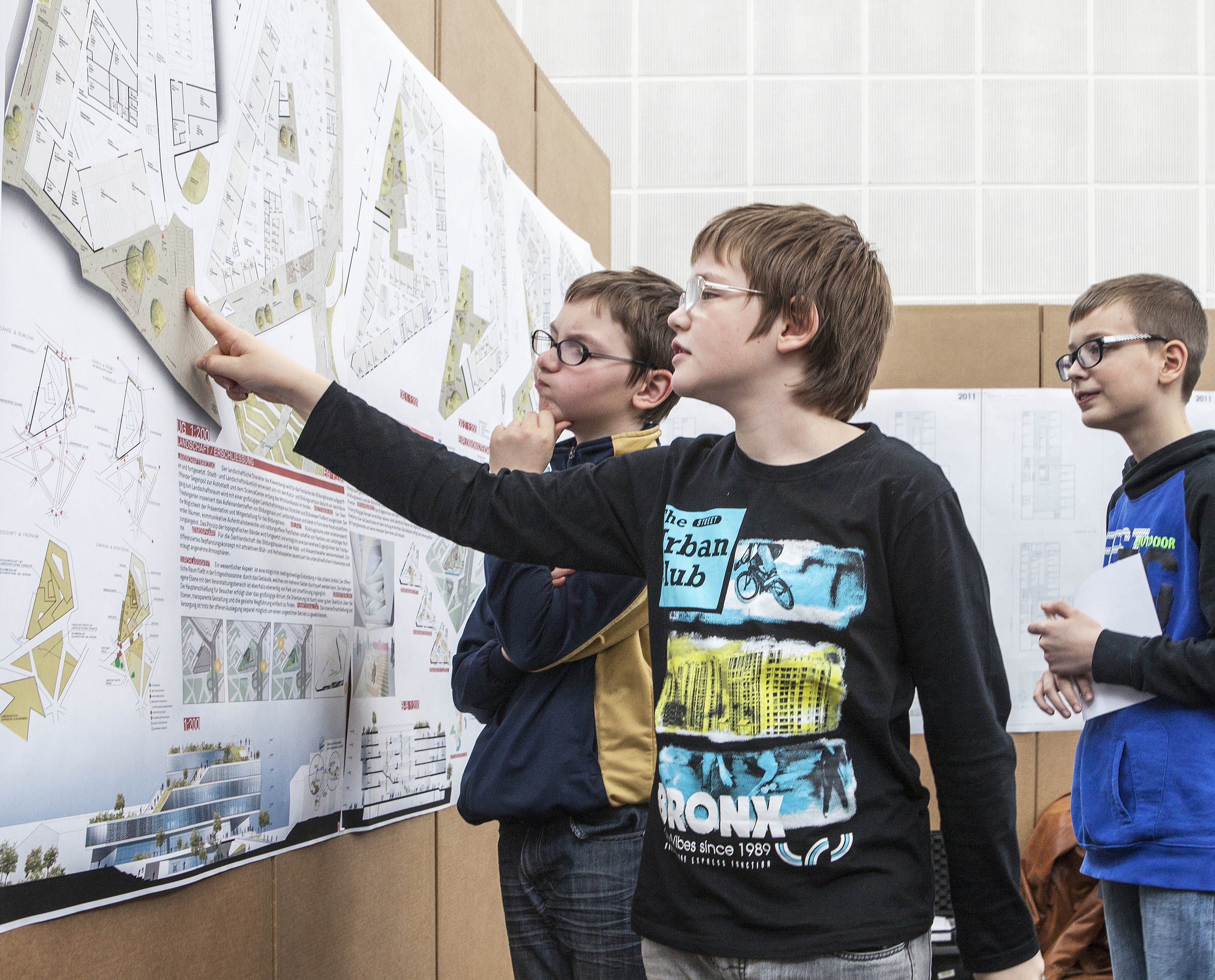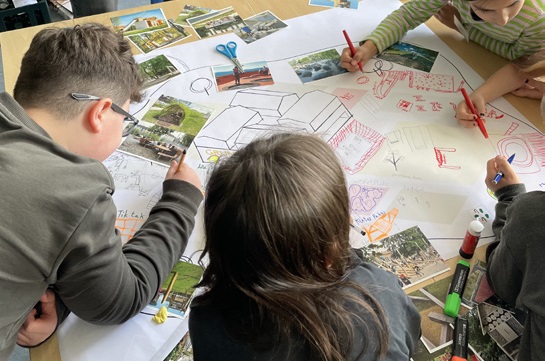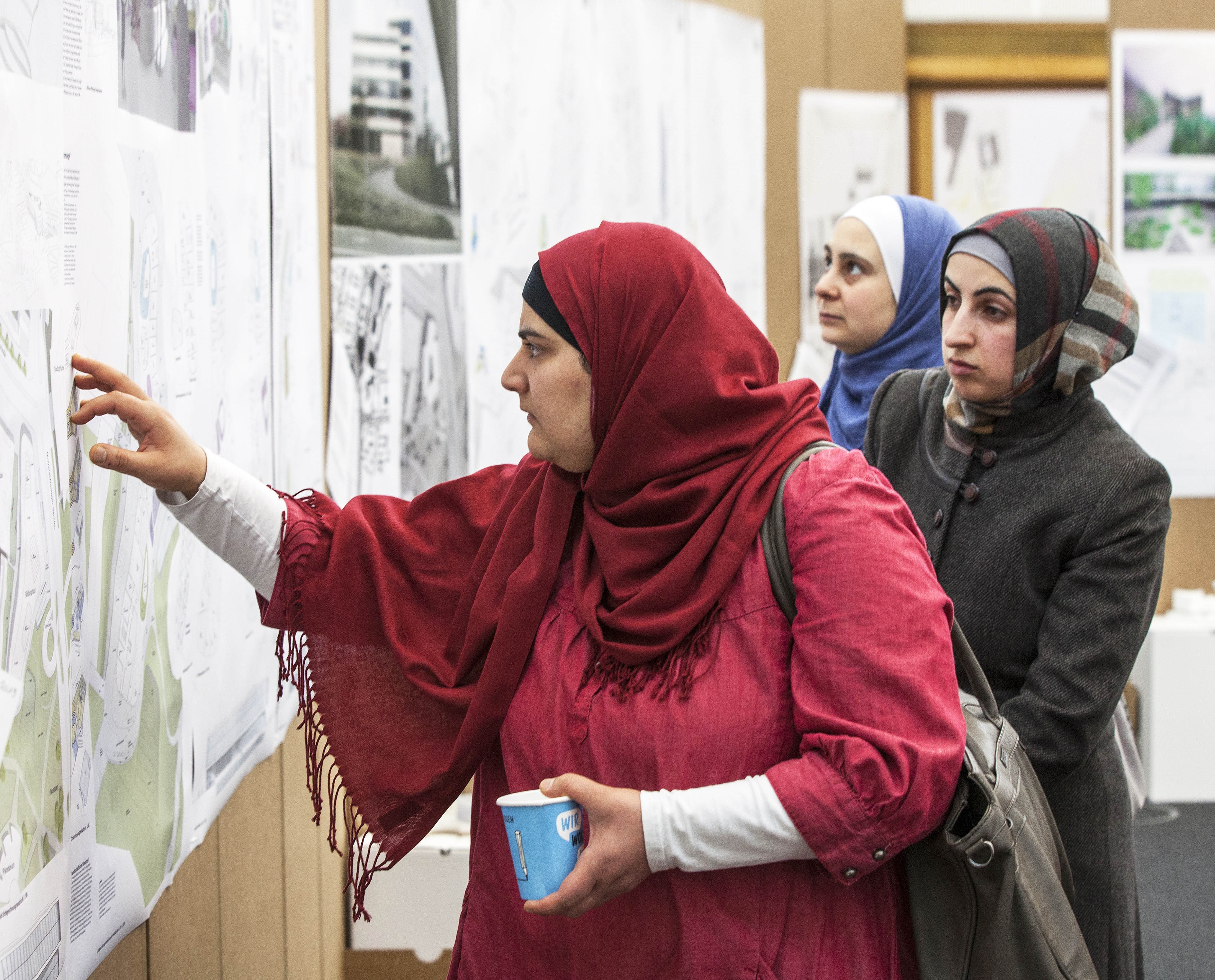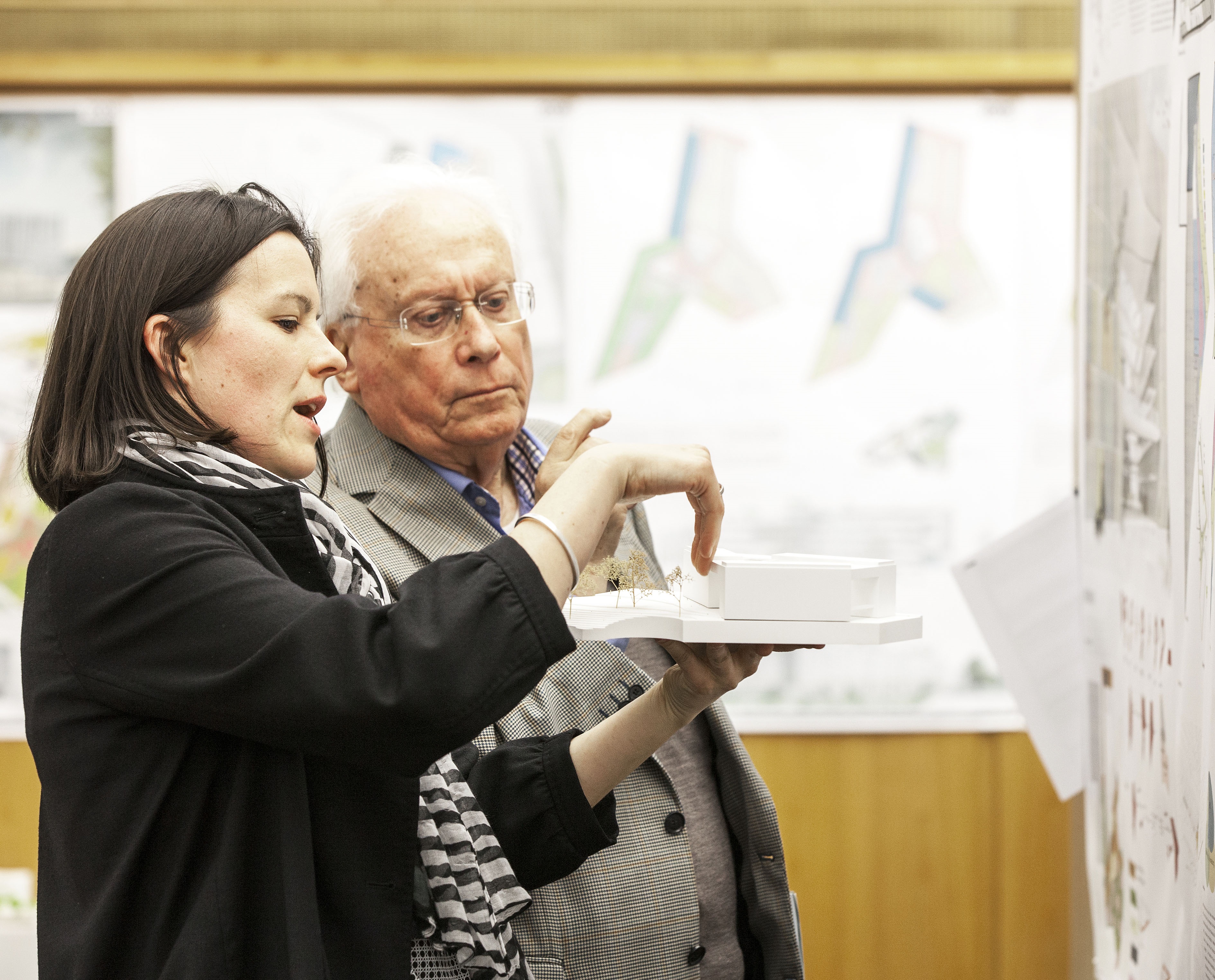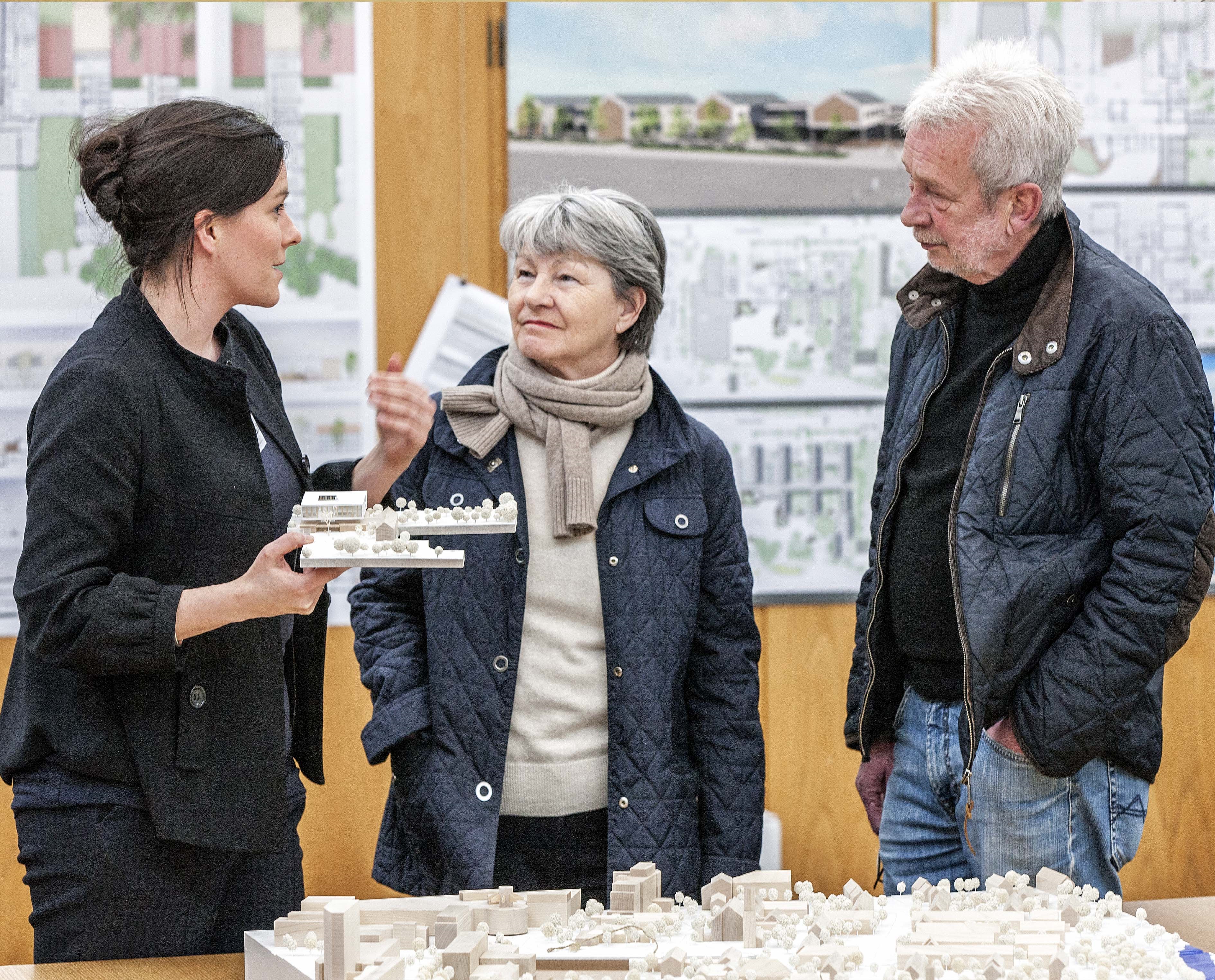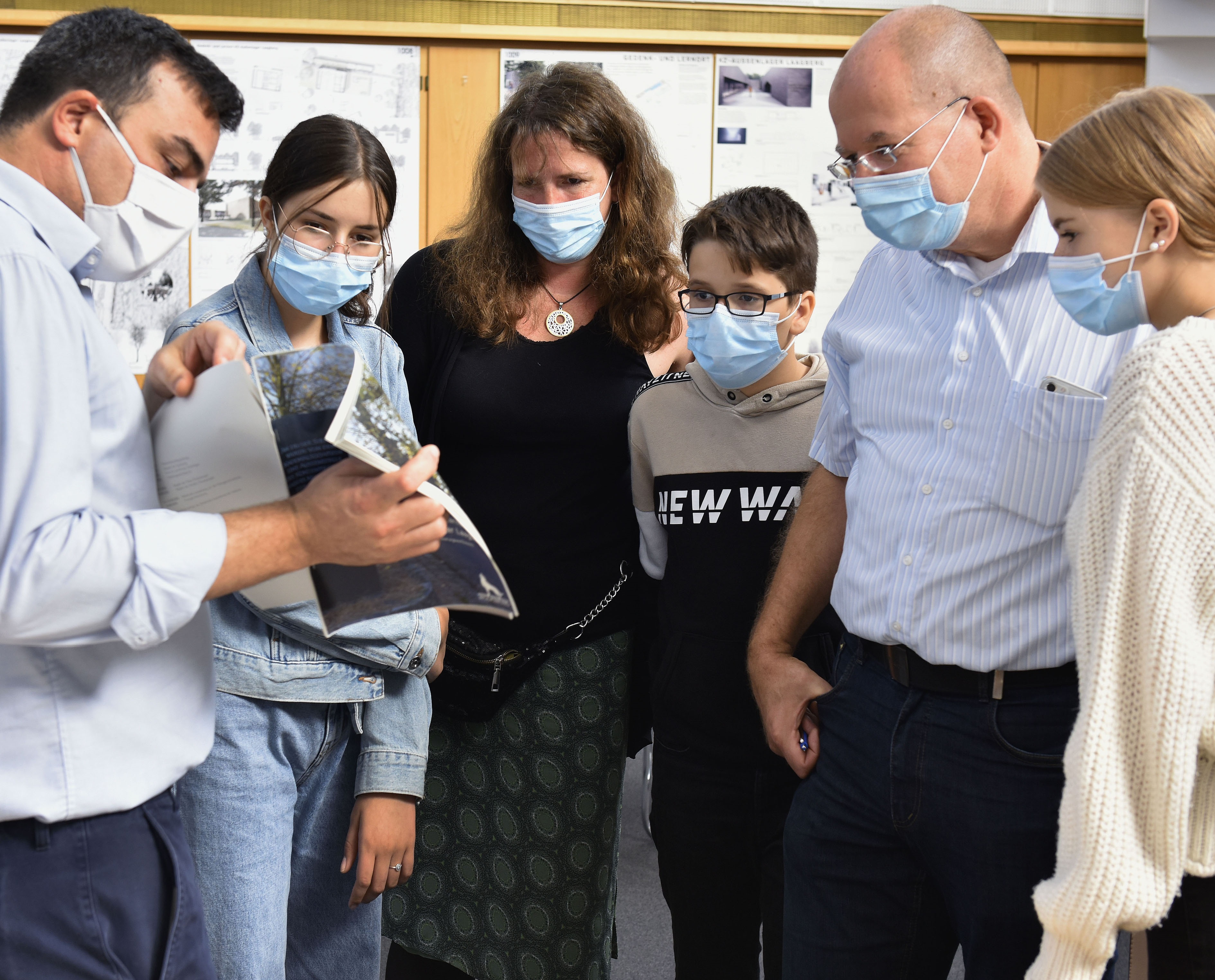Special Planning and Project Management Unit
The Special Planning and Project Management (I-S) staff unit supports the business units in the implementation of various planning and construction projects. We handle projects with special significance for the city or projects that involve a special degree of difficulty. This is the case, for example, when many different organizational units and/or external parties are to be involved, there is special time pressure, or an overarching view is necessary. Often, these are projects that cannot or should not be clearly assigned to any organizational unit.
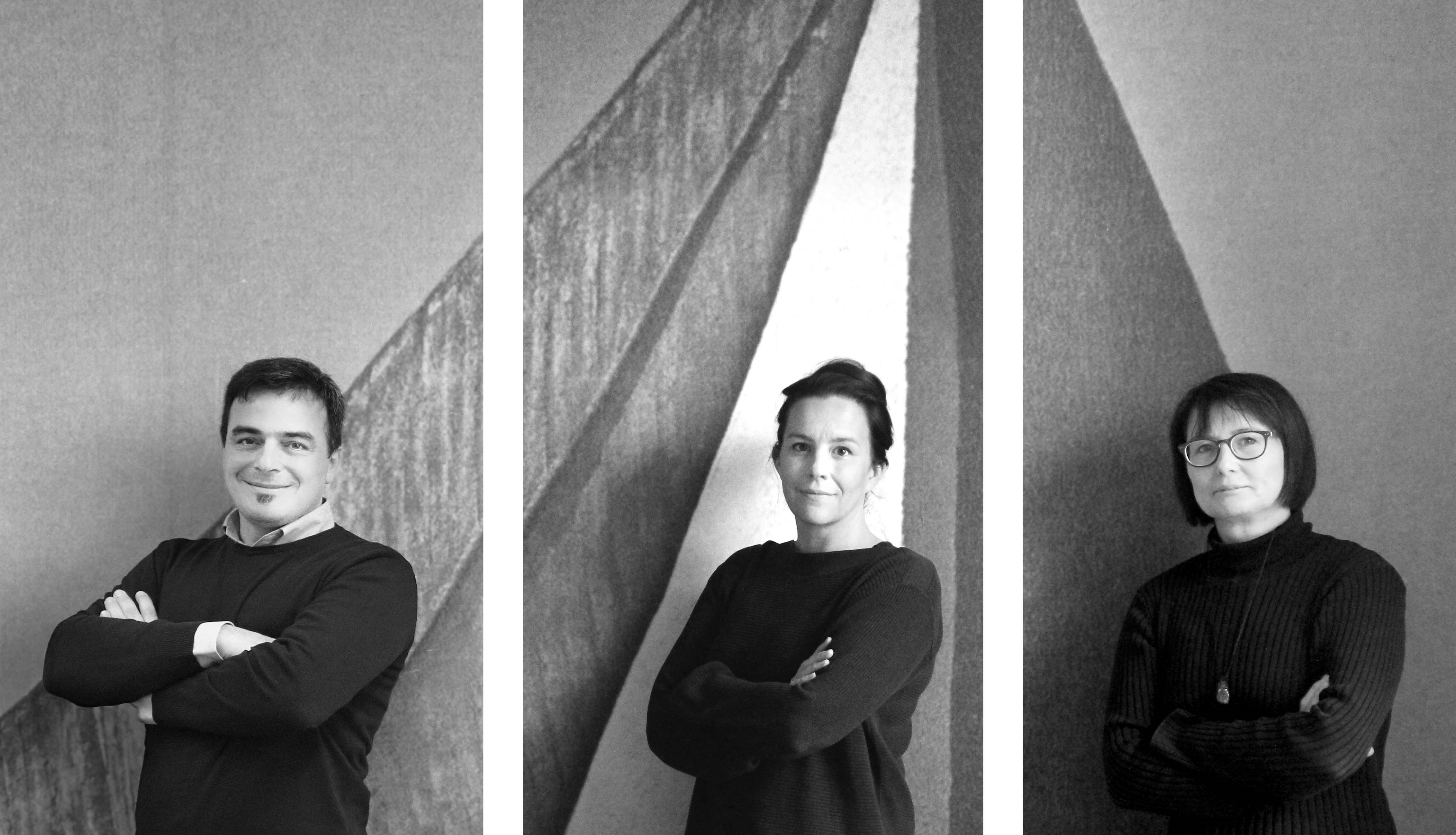
We report directly to the City Planning Officer and work together with our colleagues from the Urban Planning and Construction Consulting, Road Construction and Project Coordination, Green and Building Construction divisions. Our work focuses in particular on the early phase of project development. Based on a specific need for action or an initial idea for a structural change, we develop scenarios for possible implementation and support the project until it can be mapped in the city administration structures. Our aim is to get more out of the projects for the city and thus for the citizens through cross-departmental management and intensive, strategically oriented preparatory work.
As the city's development priorities change, so do the subject areas dealt with by the department. Precisely because each project differs structurally, thematically and organizationally from the previous one, the staff unit today has a wealth of experience in procedures and methods, but above all an extensive network of different experts within the city administration. We have particularly extensive experience in planning competitions (with public participation) and VgV procedures with proposed solutions.
The Architecture Forum has been part of the staff unit since 01.02.2024. The forum's task is to educate and communicate current topics from the building department - especially for the Wolfsburg public.
Projects
- Redesign of Dunantplatz
- Overall concept for Leonardo da Vinci comprehensive school
- Open spaces Ratsgymnasium
- Open spaces memorial and learning site
- Extension of Peter Pan School
-
Planning competitions and procedures carried out
-
Public Space and Public Life Study (PSPL Study).
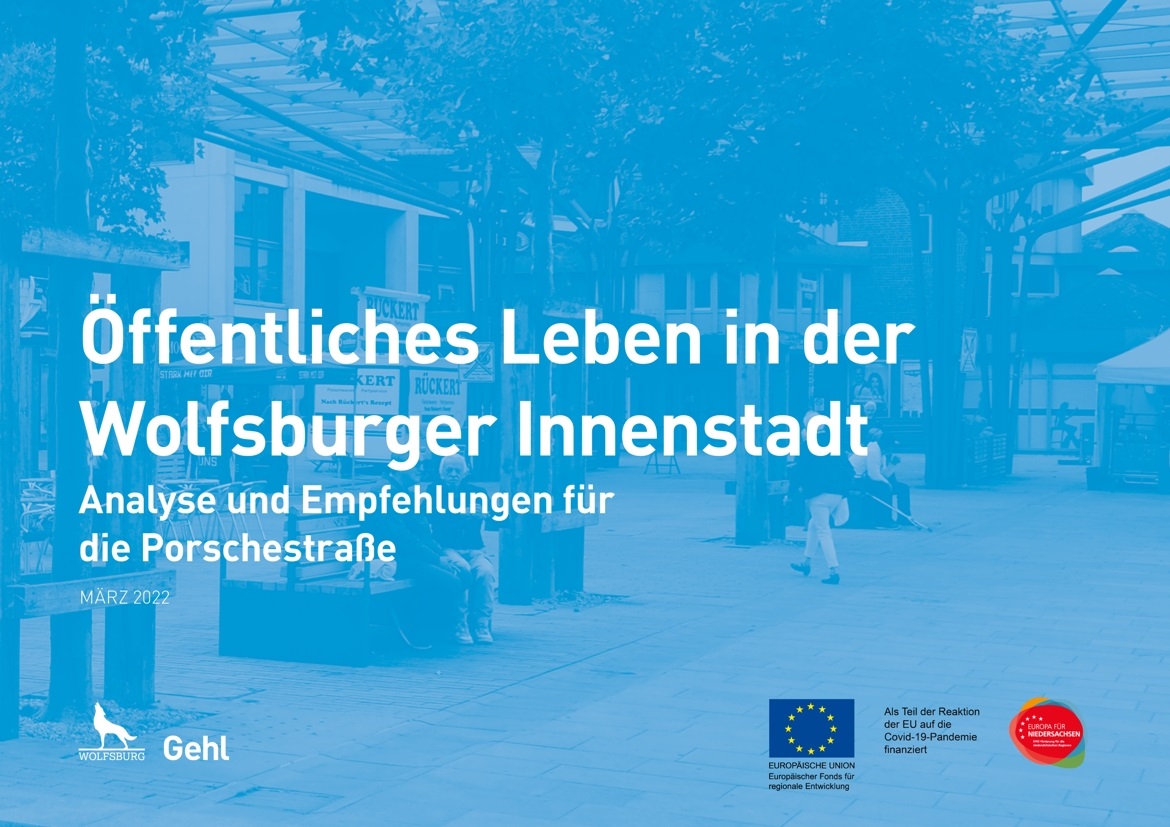
Whether an urban space functions well can be seen from how diverse and active public life is, because the abstract concept of urbanity is primarily determined by the activity of the people in a city. In the past, however, the critical examination of Porschestrasse has always been about urban planning or structural deficits, which have often been countered with long-term planning considerations and structural measures.
In order to obtain a short-term basis for making the public space more attractive, the city of Wolfsburg commissioned the Copenhagen office Gehl to conduct a study on public space and public life. The aim was to identify - in the short term and yet empirically proven - unused potential and fields of action and to derive concrete, easily implementable measures, which ideally should still be implemented with the immediate program "Perspektive Innenstadt!". These approaches can bridge long-term developments and planning with the help of temporary projects.
The Gehl team visited Wolfsburg from 22.09.-25.09.2021. The study is based on concrete counts and observations that reveal patterns in people's locomotion and stay in public space. On the one hand, this study is a working paper; on the other hand, it is intended to provide Wolfsburg residents with a new perspective on public space and public life in their own everyday lives. First measures to increase attractiveness such as mobile greenery, play and recreation facilities were located on the basis of the results.
One year later, from 01.09.-03.09.2022, Büro Gehl once again observed public life in the areas of the pilot projects. The follow-up study shows how the implemented "play, rest and recreation zones" of the funding program affect the quality of stay and the behavior of the people of Wolfsburg.
The project is part of the "Perspective on the City Center!" program, which is coordinated by Wolfsburg Wirtschaft und Marketing GmbH (WMG).
The "Perspektive Innenstadt!" emergency program is funded by the European Regional Development Fund (ERDF) and as part of the Union's response to the COVID 19 pandemic. The funding program is designed to help municipalities in Lower Saxony cope with the consequences of the pandemic in the inner cities.

-
Master plan Nordhoff axis
Strategies for integrated spatial development along Heinrich-Nordhoff-Strasse
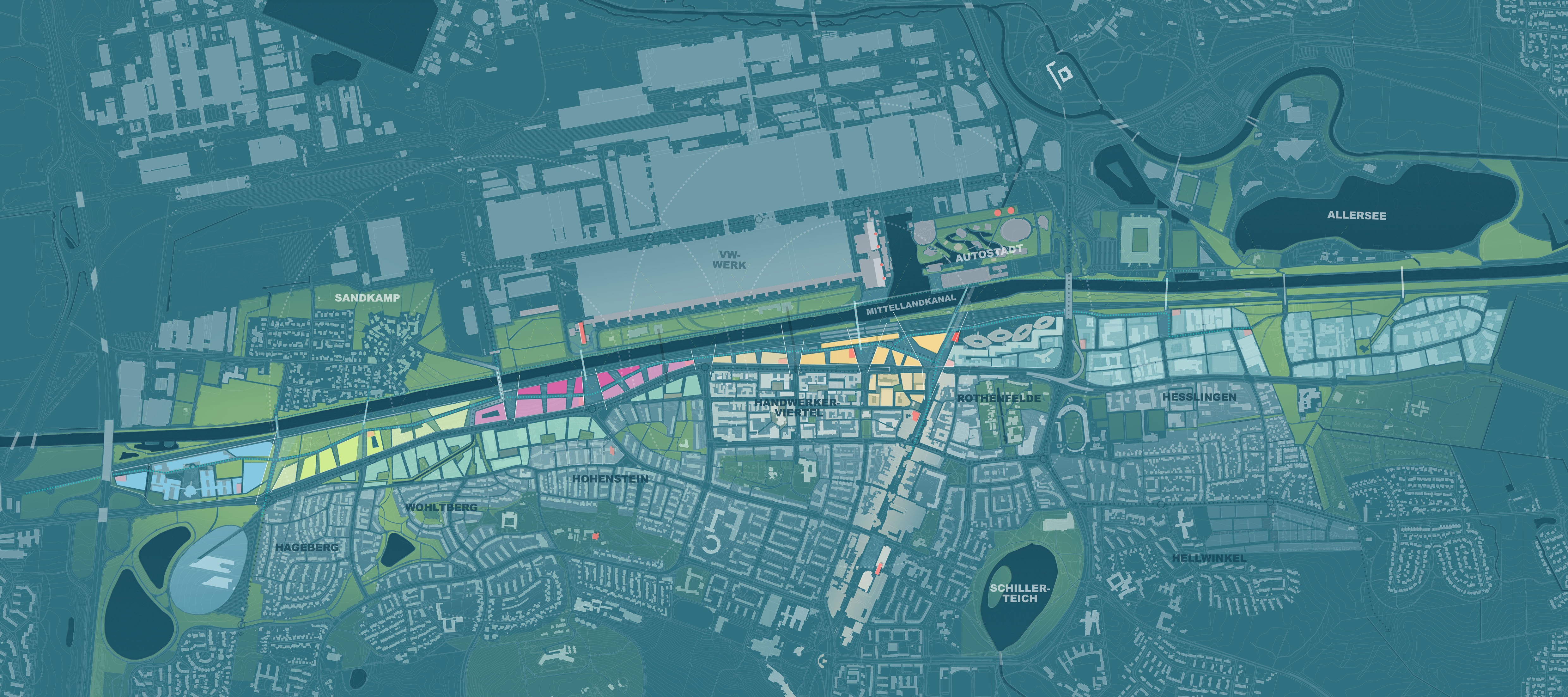 Master plan Nordhoff axis© AS P
Master plan Nordhoff axis© AS PWolfsburg is constantly developing! To secure Wolfsburg's competitiveness and quality of life for the future, it needs spaces for change and expansion. The most sustainable - and at the same time associated with great challenges - is the redevelopment of previously underused, centrally located areas in the city. The Nordhoffachse master plan shows how and where development is possible and what needs to be considered in the process. Along the Mittelland Canal and the rail line between the city center and the Volkswagen plant, some 13,000 people could work and 7,000 people could live in the next 20 to 30 years. Starting from the main train station with a new central ZOB, three mixed-use neighborhoods can gradually emerge along an innovation route: the Quartier am Nordkopf, the VW Campus with a new regional train stop, and the Quartier am Mittellandpark. The "windows to the factory" allow a view across the canal to the industrial monument that characterizes the cityscape. The existing neighborhoods of Hageberg, Wohltberg and Hohenstein move closer to the south side of Heinrich-Nordhoff-Strasse. A quality bus will run in its own lane, linking the P R services in the southeast and southwest of the city with the plant and the main train station. The innovation route located inside the new quarters offers space for pedestrians, cyclists and new micromobility services.
- Documentation of the competition "Ratsgymnasium outdoor area 2022"
- Documentation Memorial and Learning Site Concentration Camp Laagberg 2020
- Documentation Hellwinkel Terraces 2019
- Documentation main building Ratsgymnasium 2016/2017
- Documentation Campus Hellwinkel 2016
- Documentation Municipal depots and depot WAS 2014
- Documentation School Open Spaces and Sports Halls Fallersleben 2013/2014
- Documentation House of Education 2013/2014
- Documentation Fire and Rescue Station 2013/2014
- Documentation Public areas around the theater 2013/2014
-
Public Space and Public Life Study (PSPL Study).
-
Contact
City of Wolfsburg
Special Planning and Project Management Department
Porschestrasse 49
38440 Wolfsburg
E-mail: sonderplanungen@stadt.wolfsburg.de
